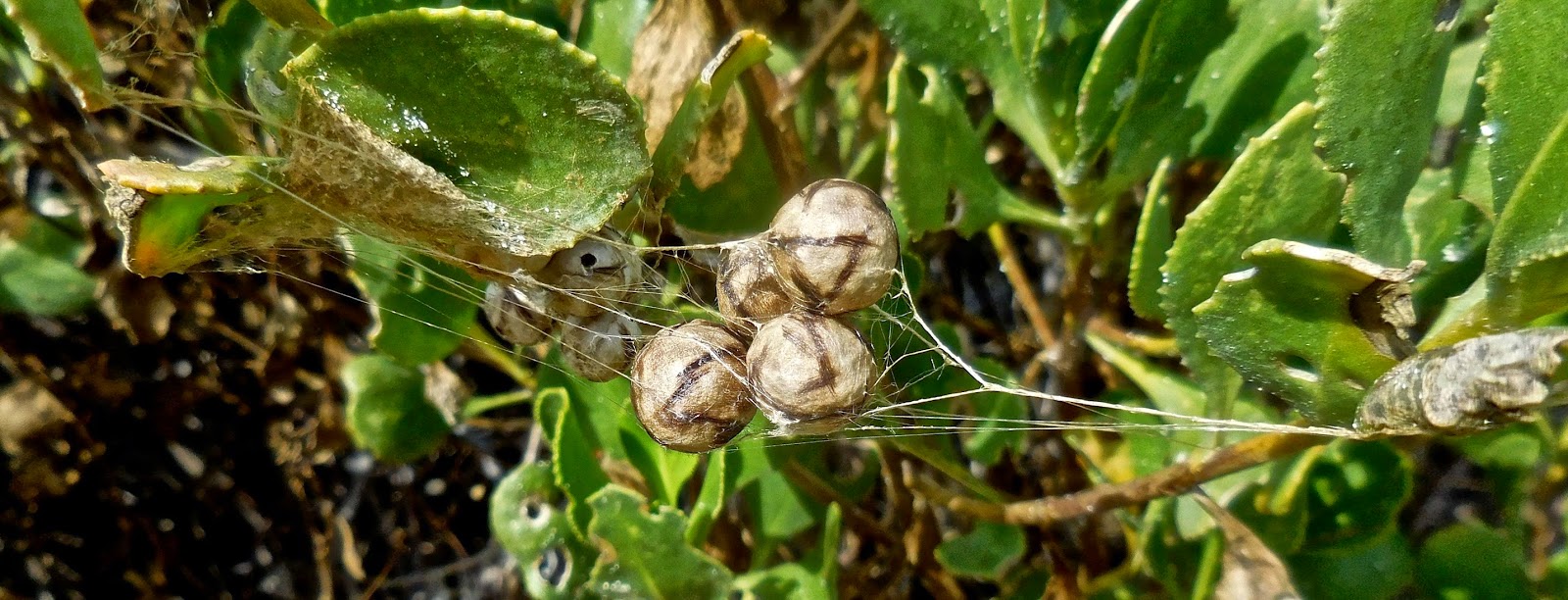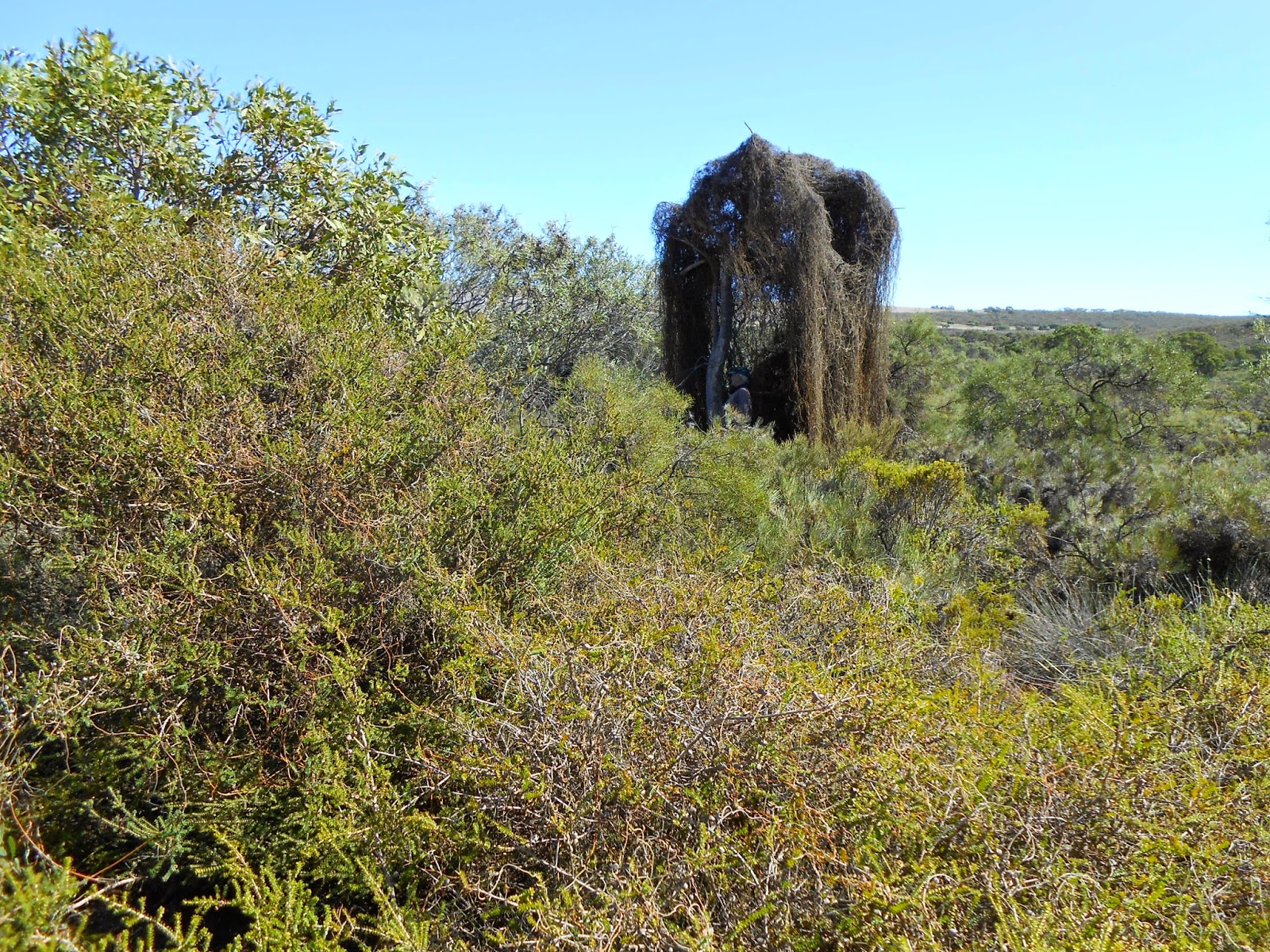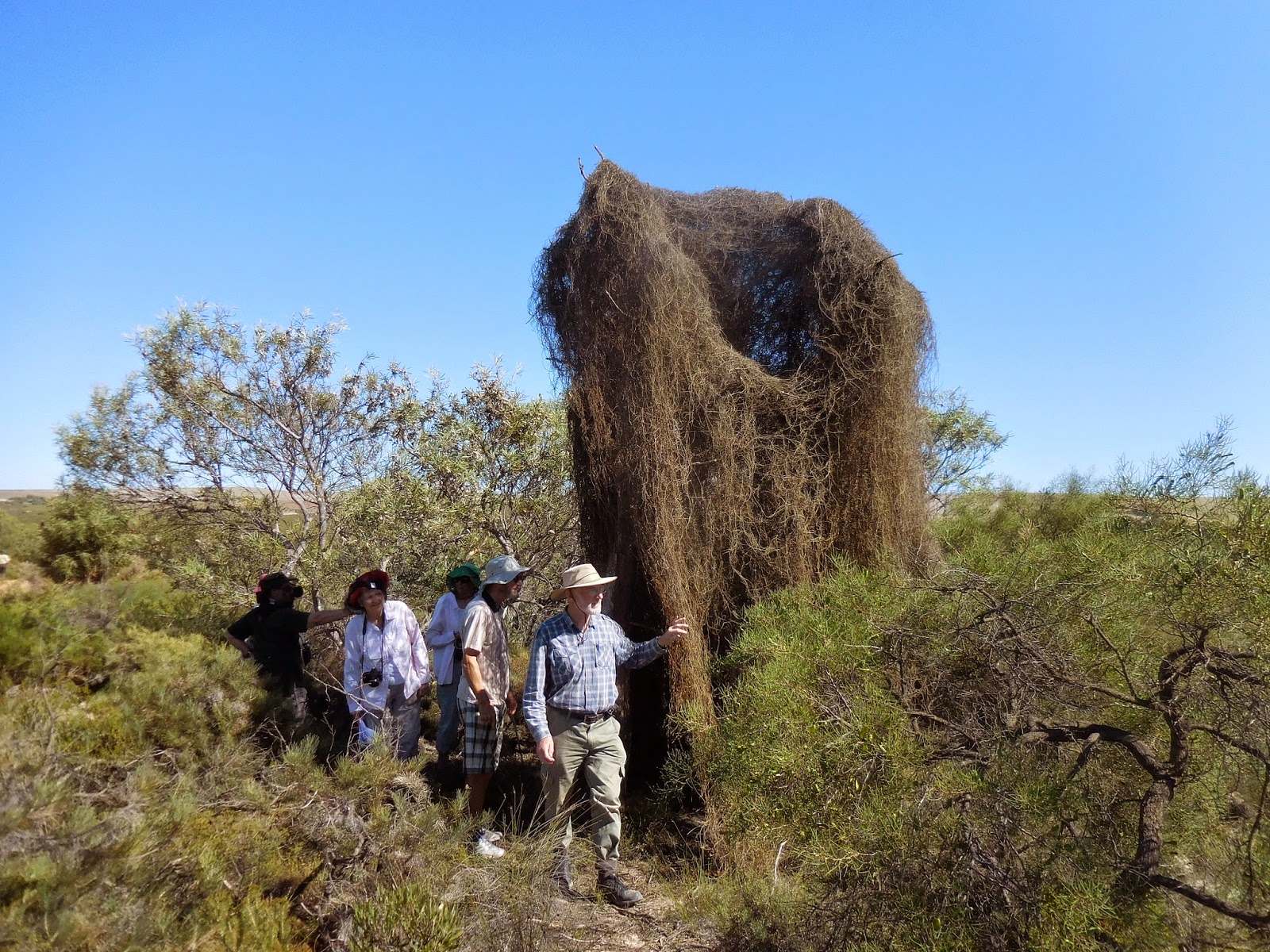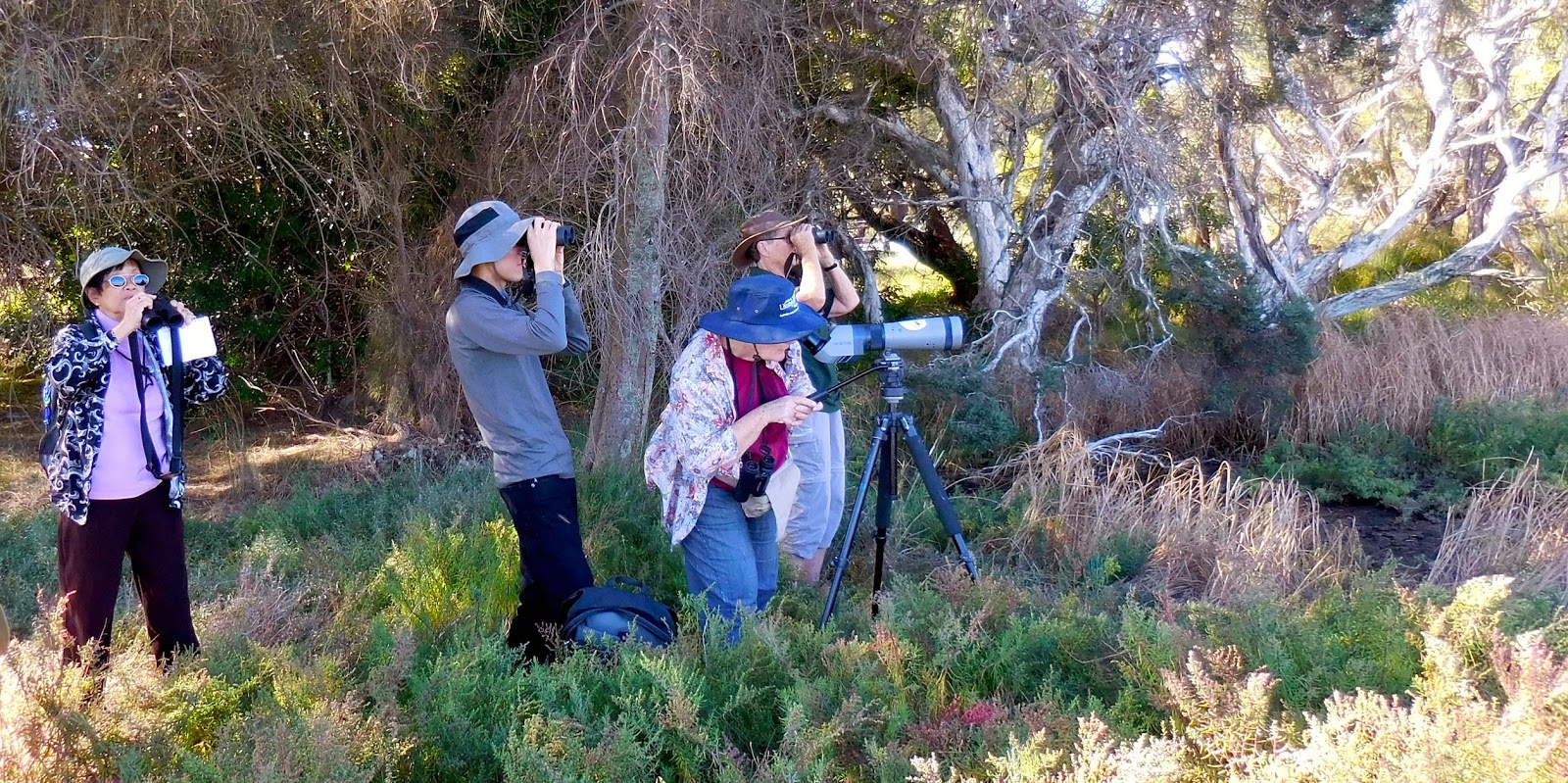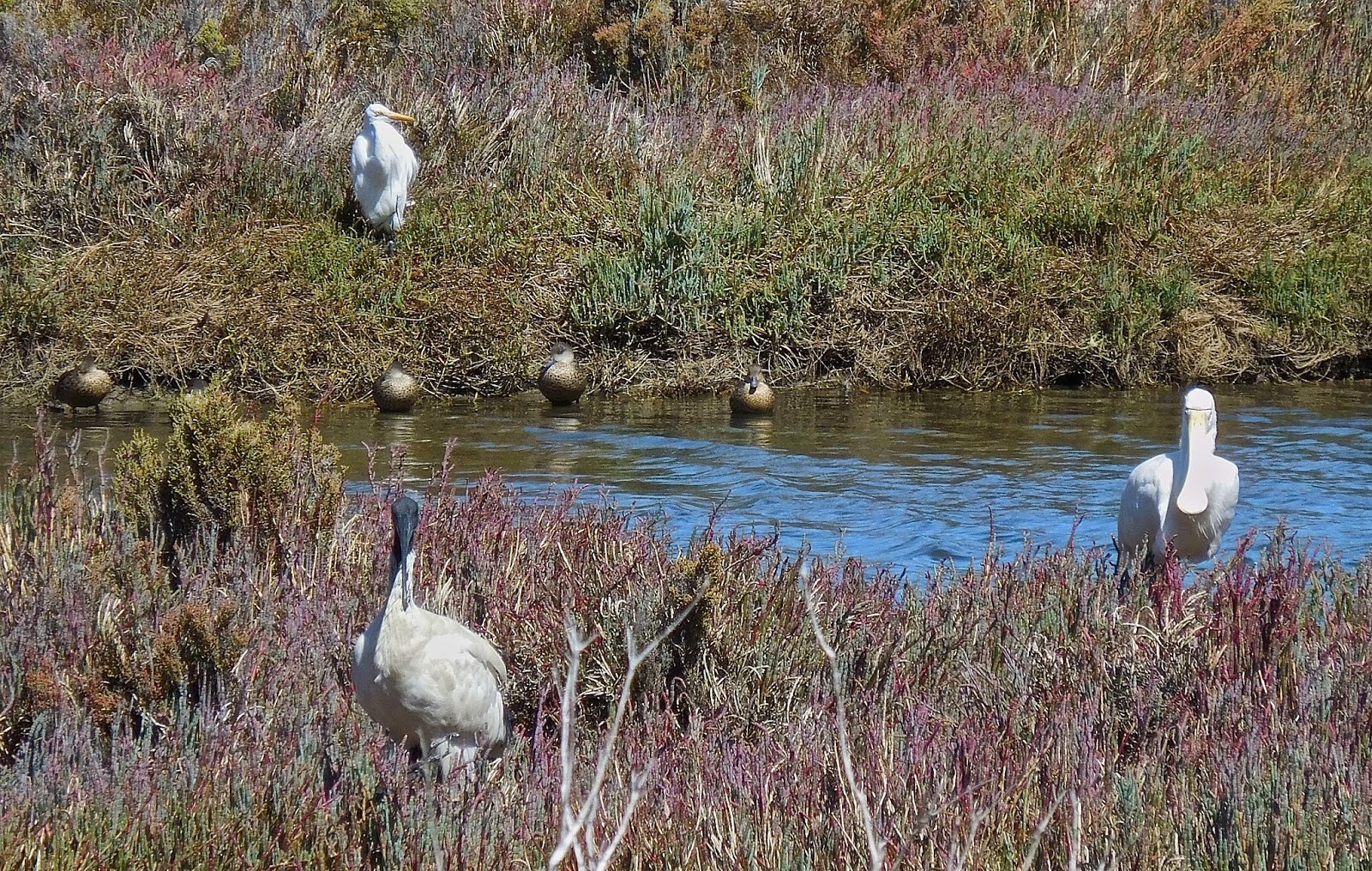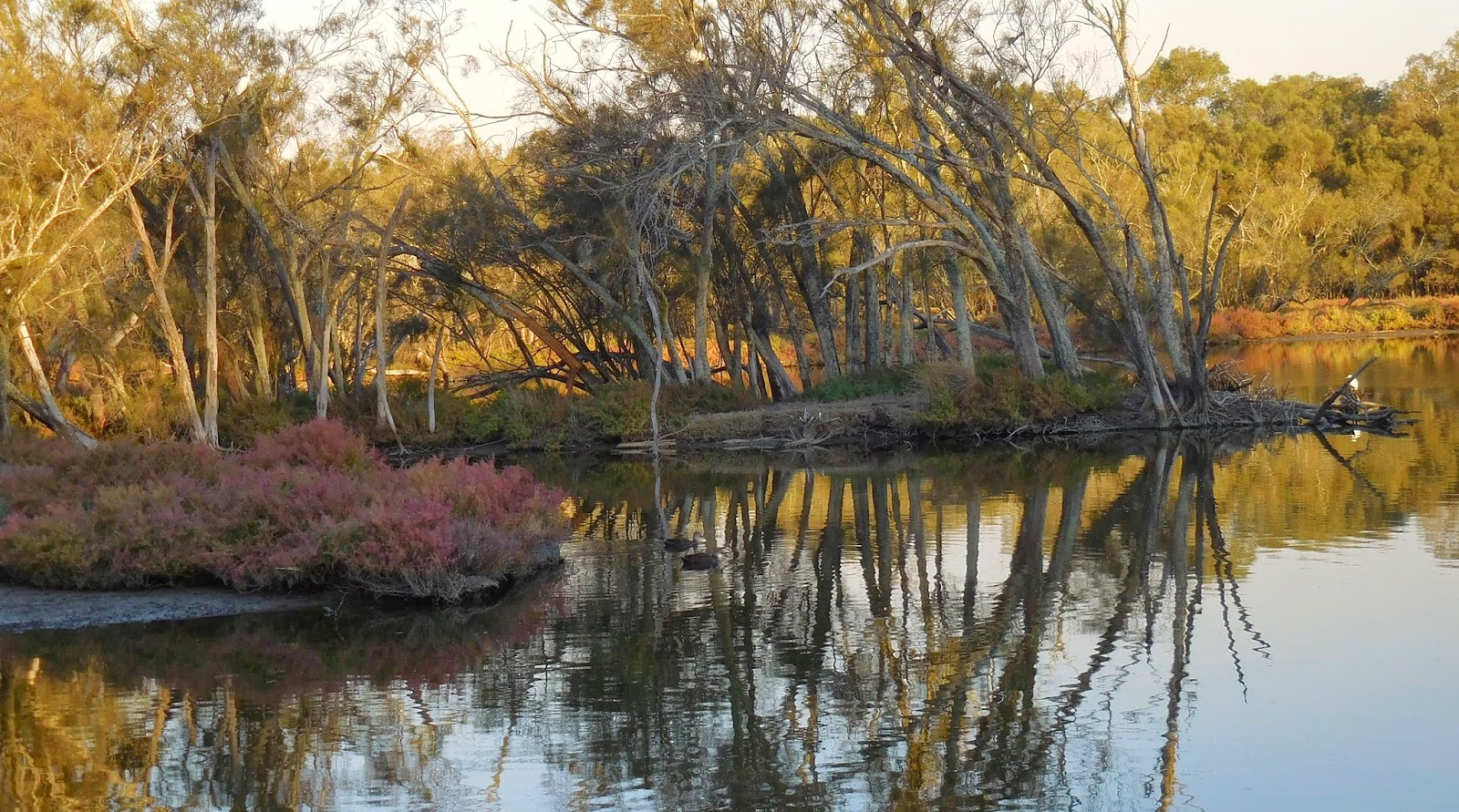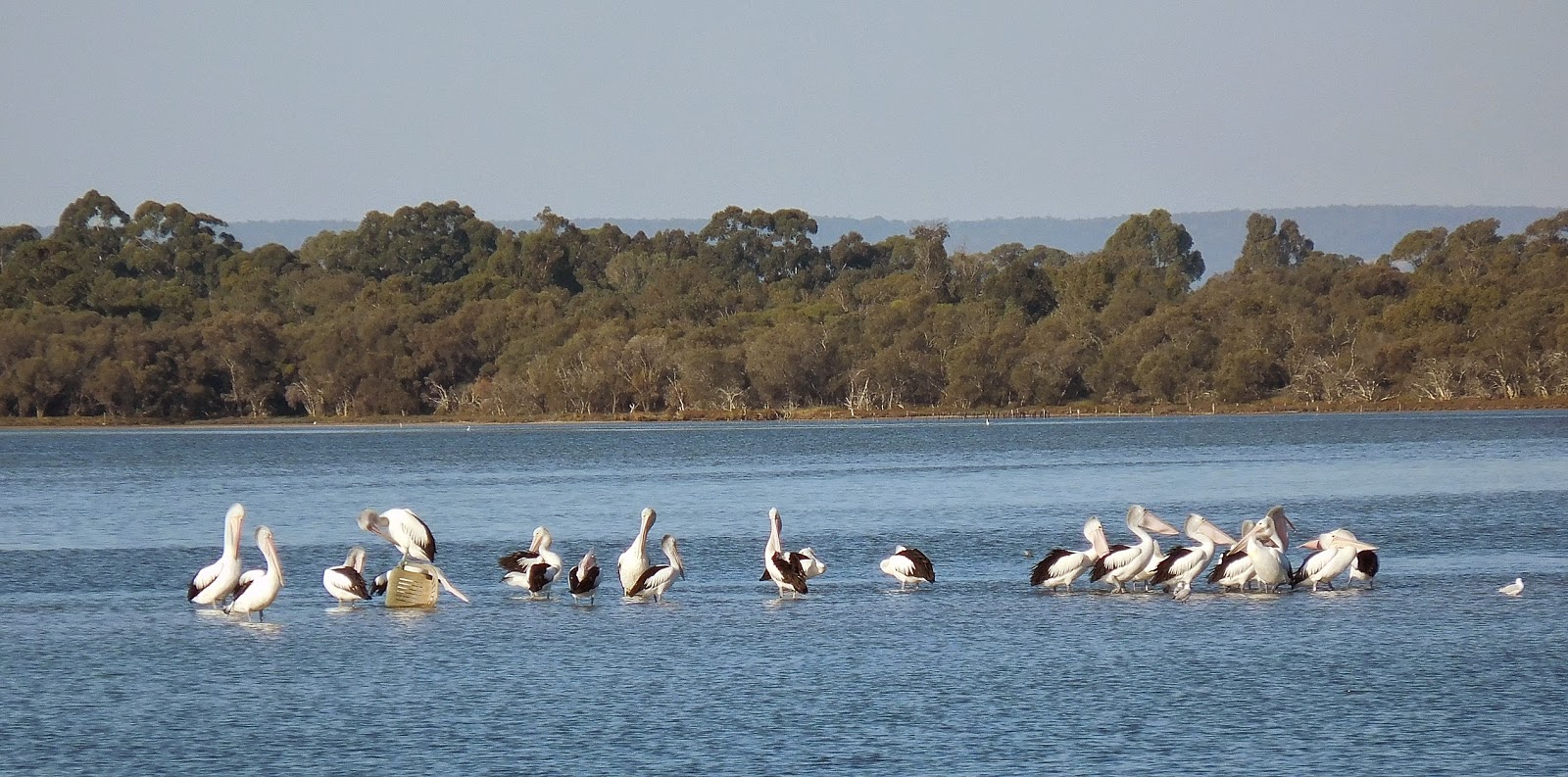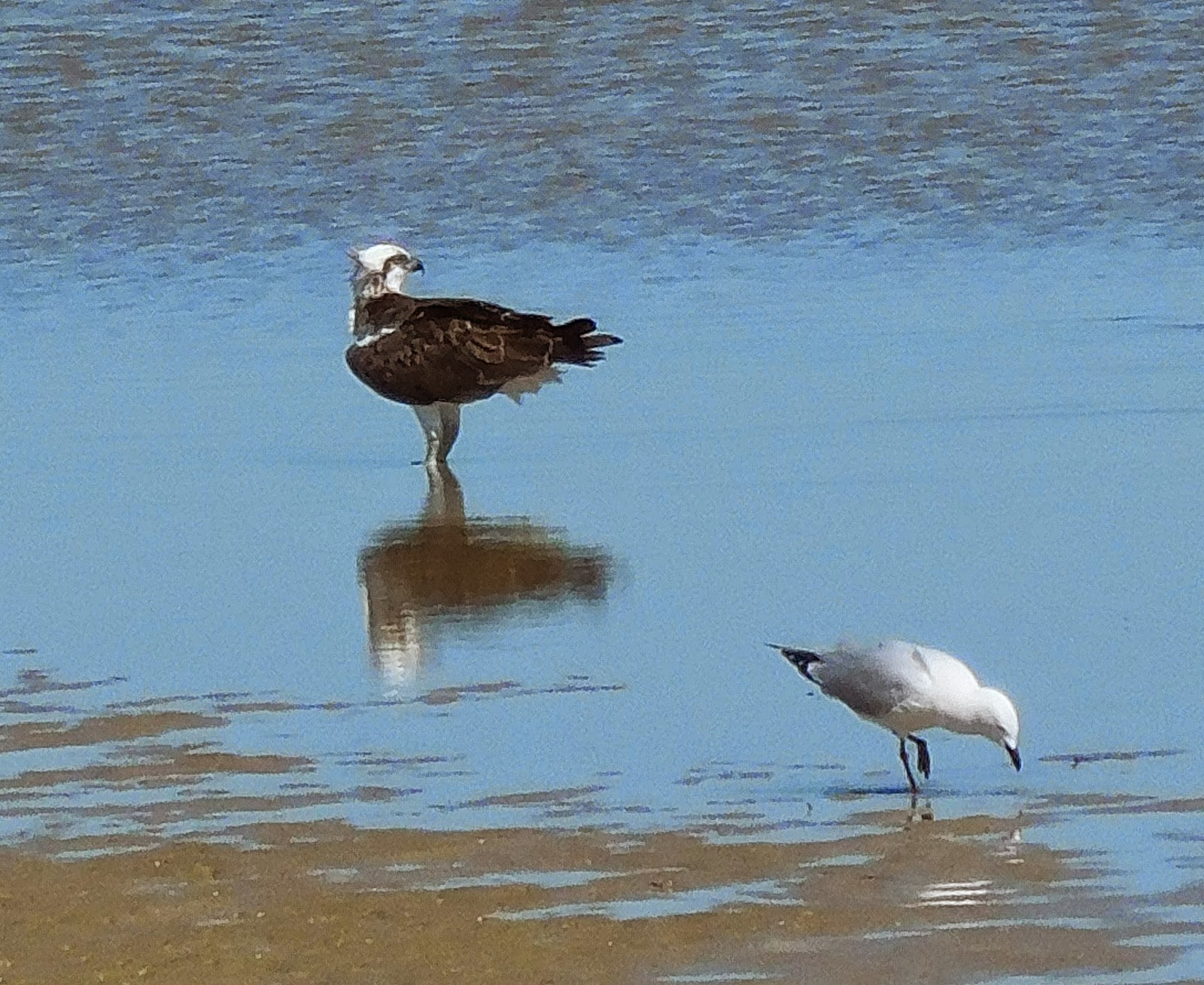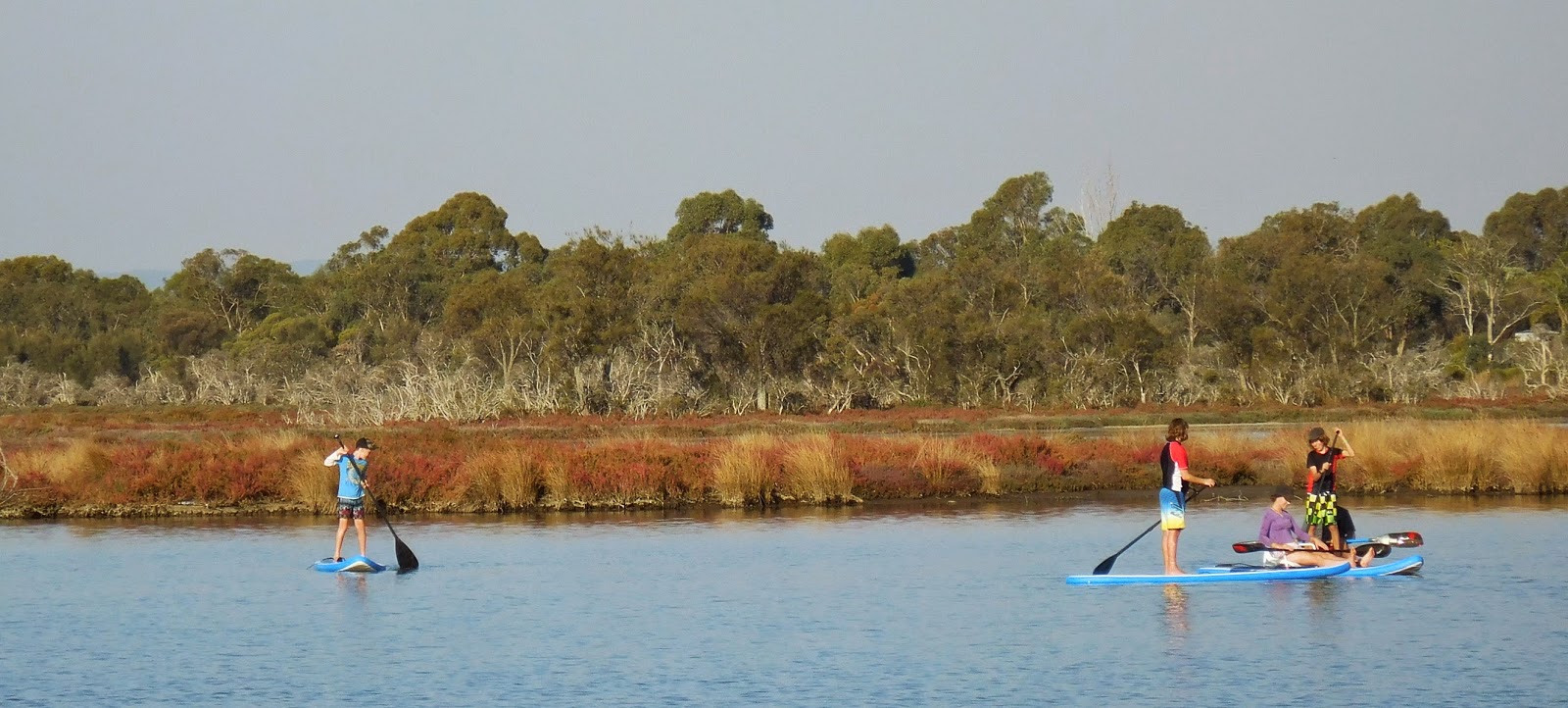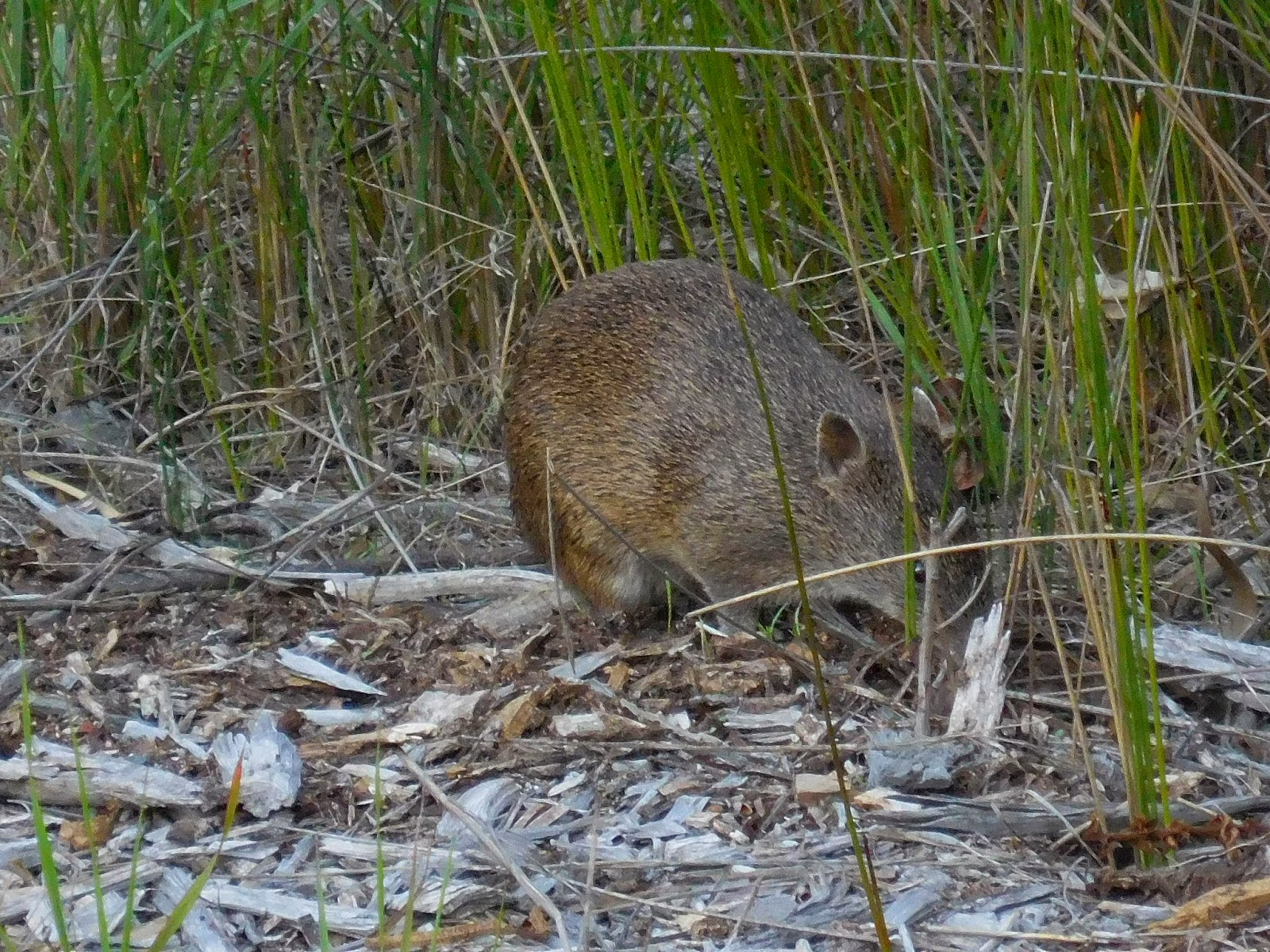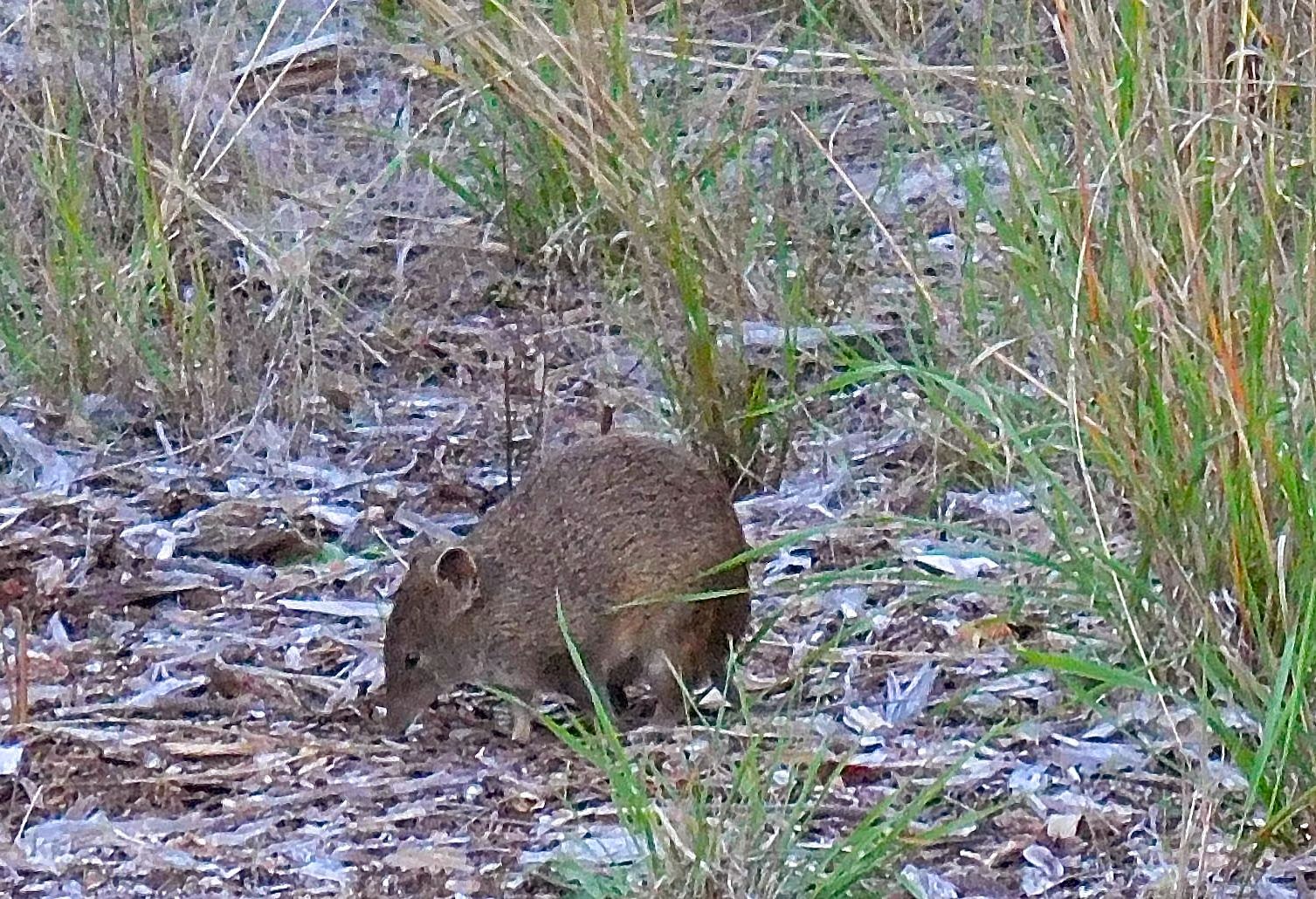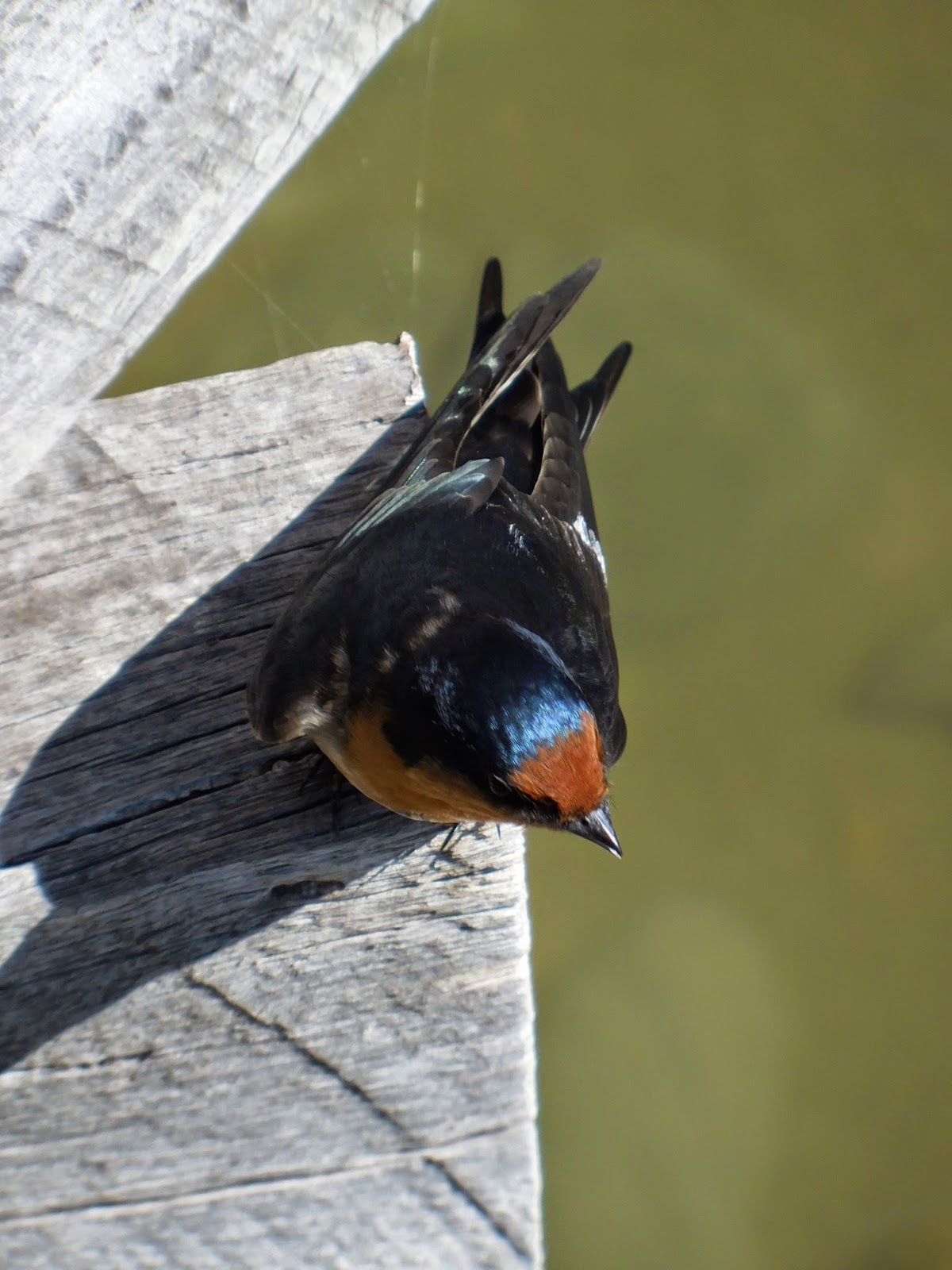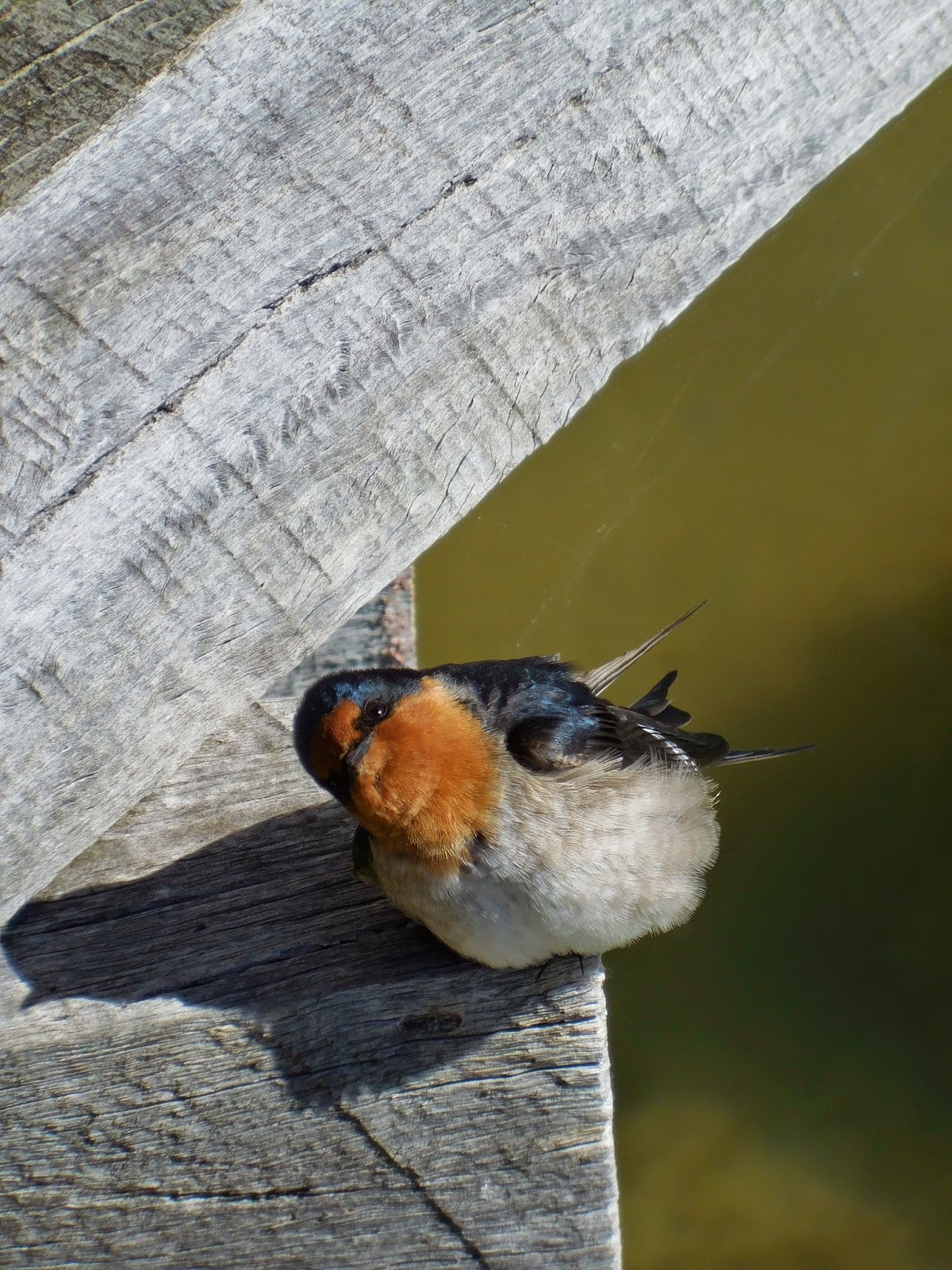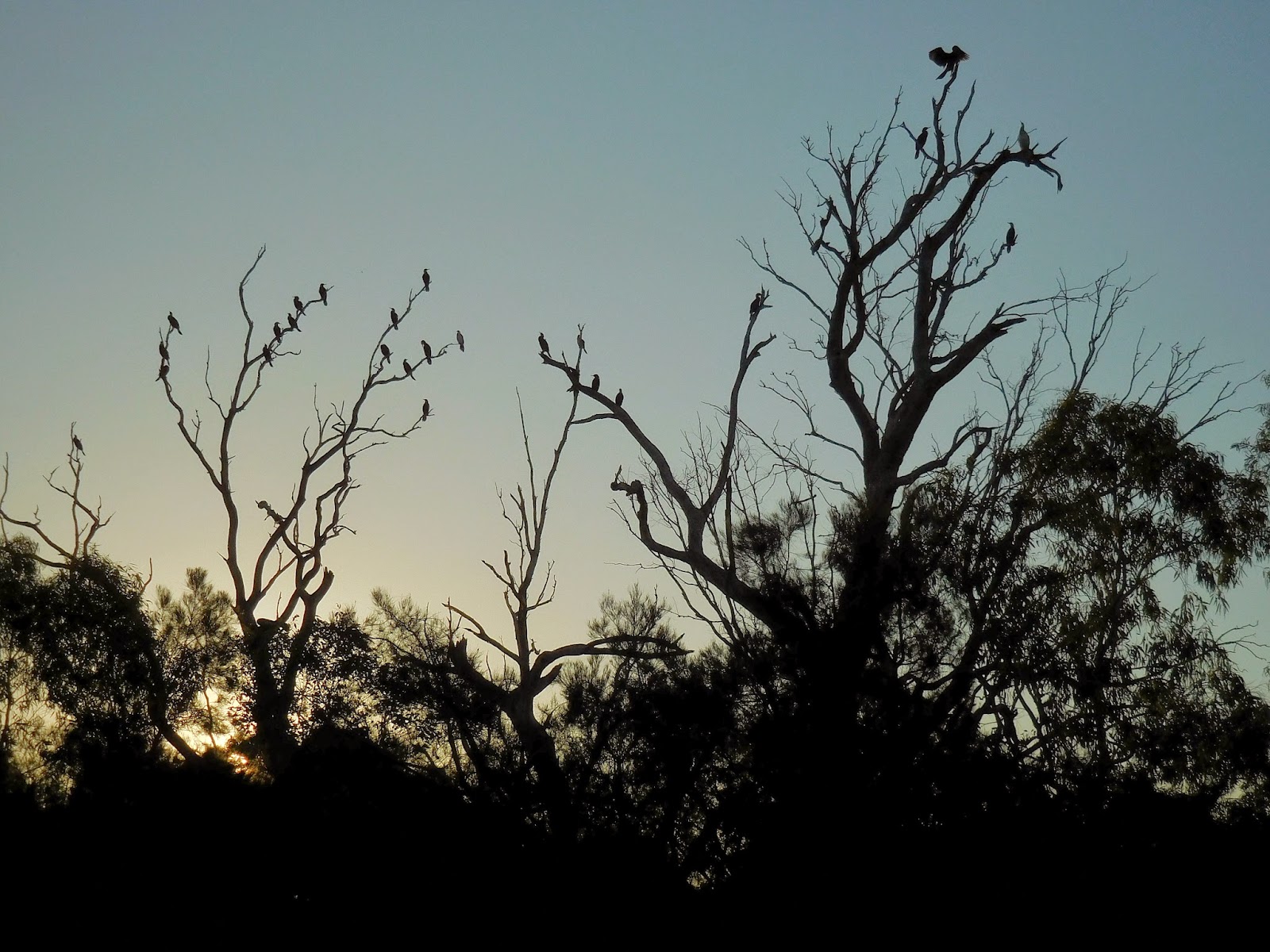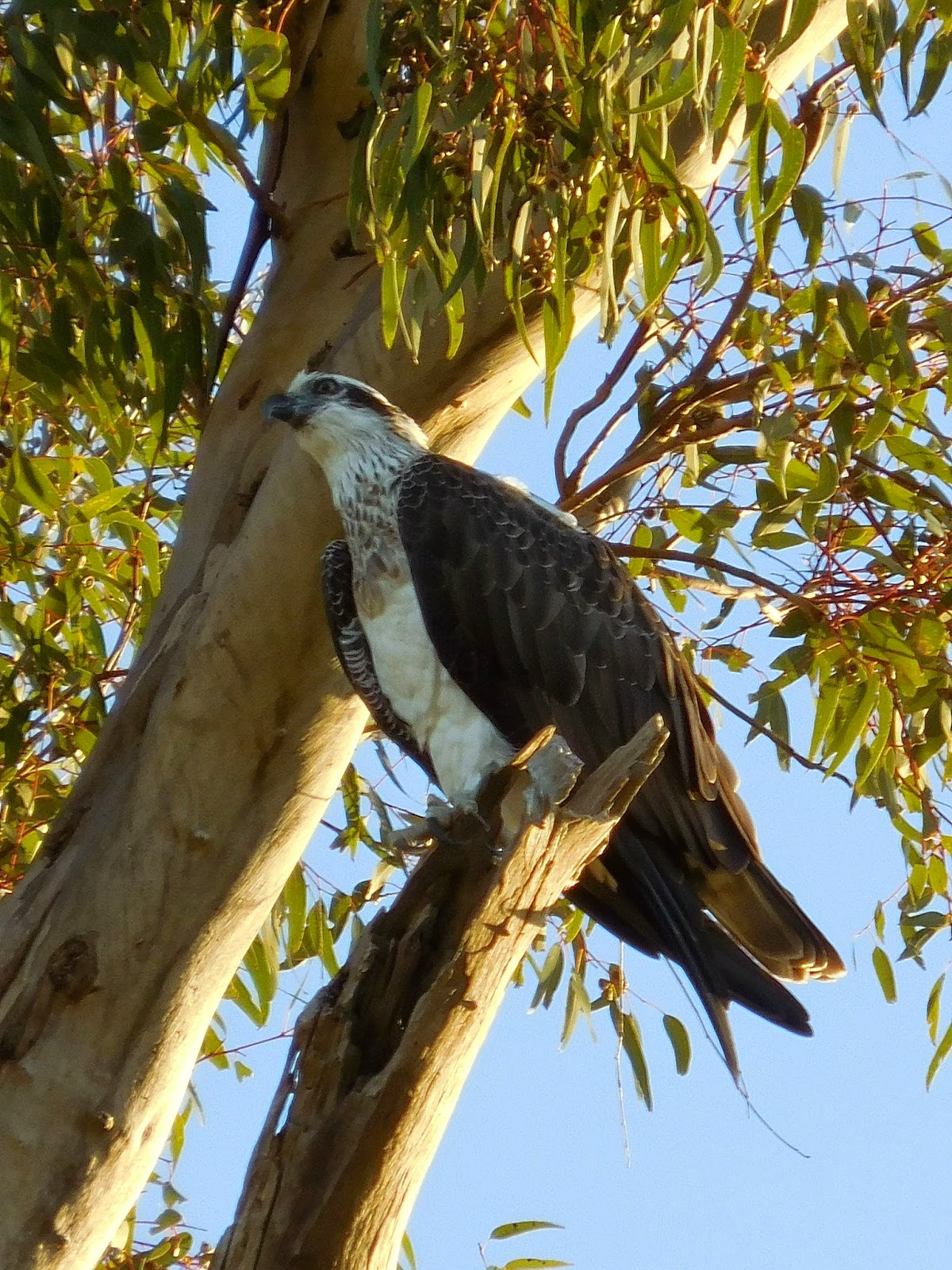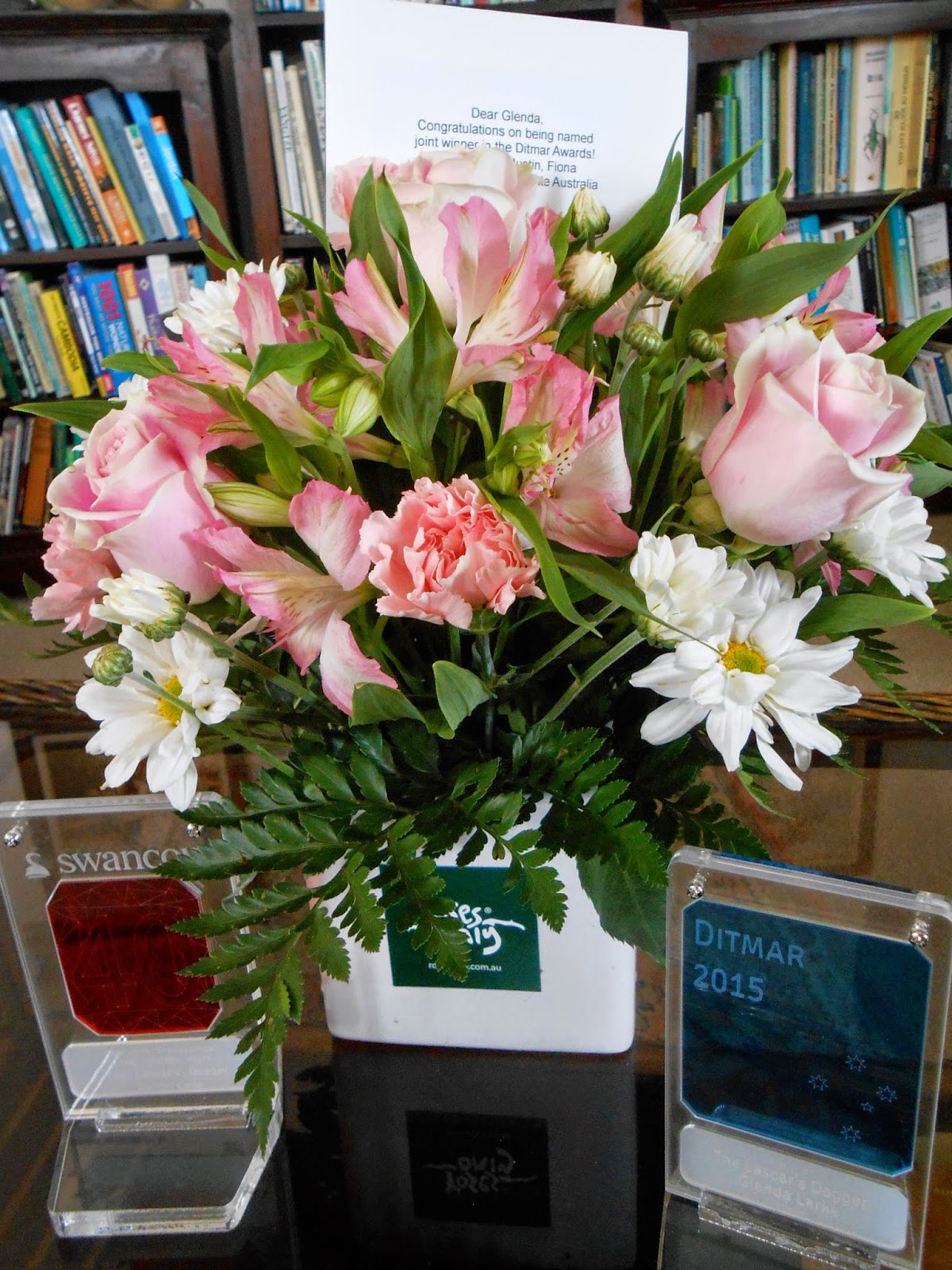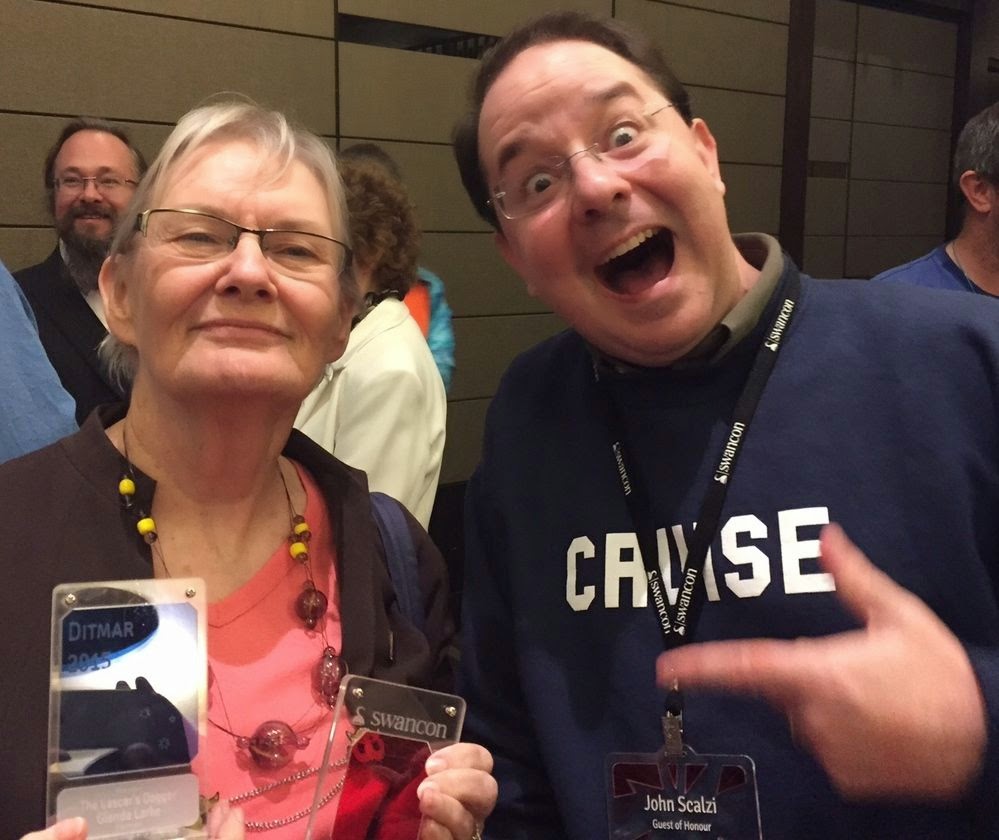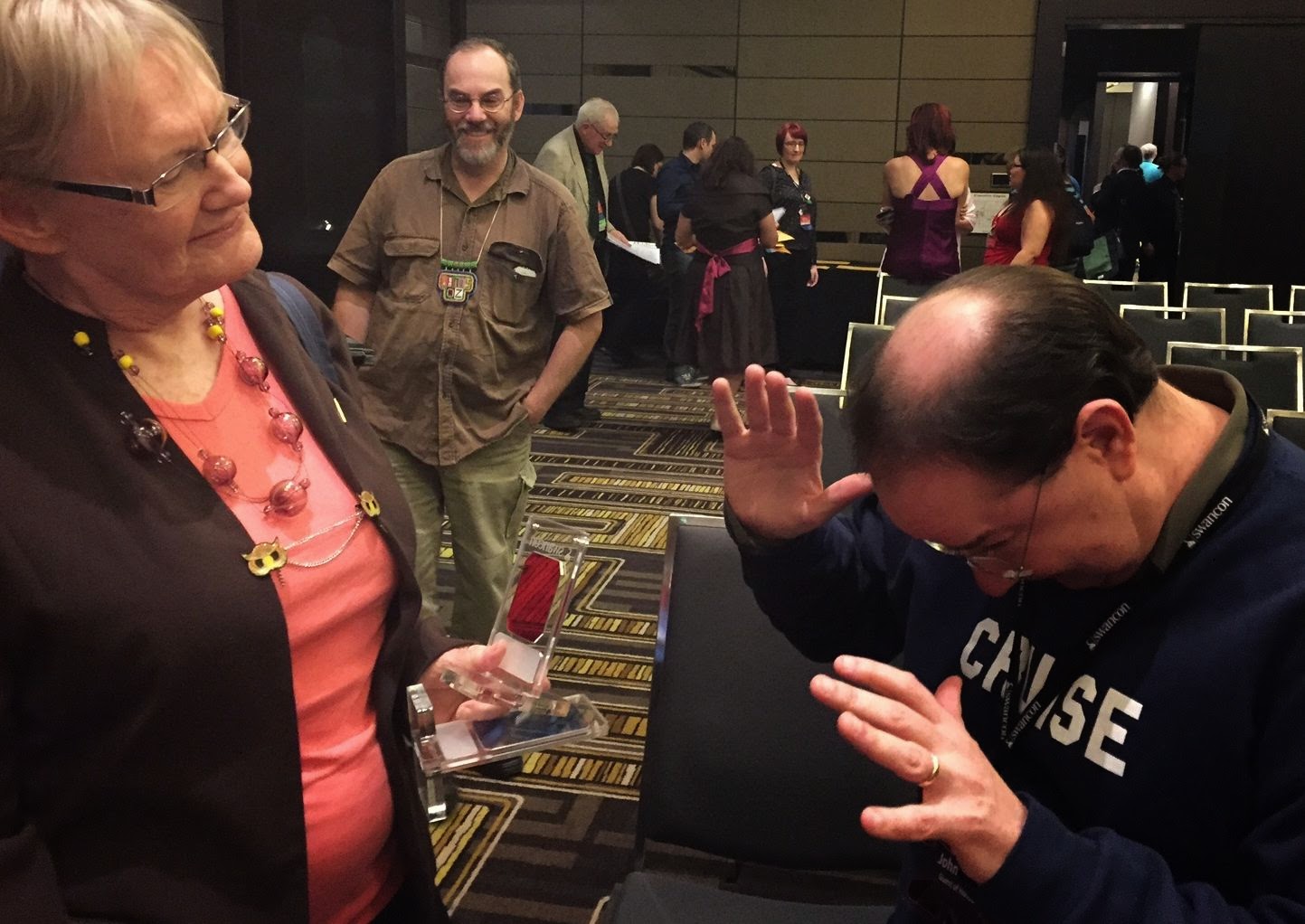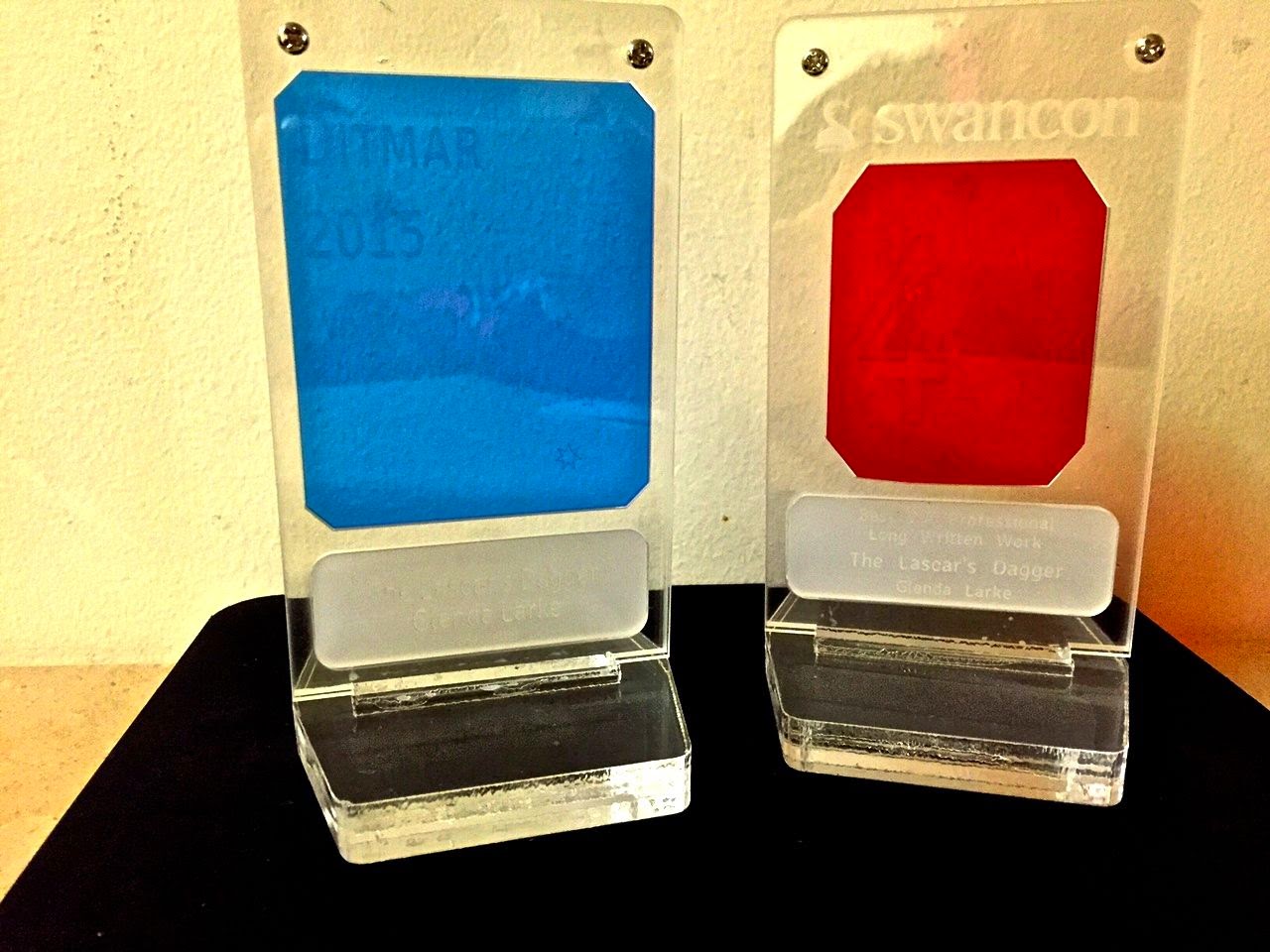Perlis is the north-westernmost state of Peninsular Malaysia. It’s tiny, poor and very beautiful, known for its rice fields and limestone outcrops.
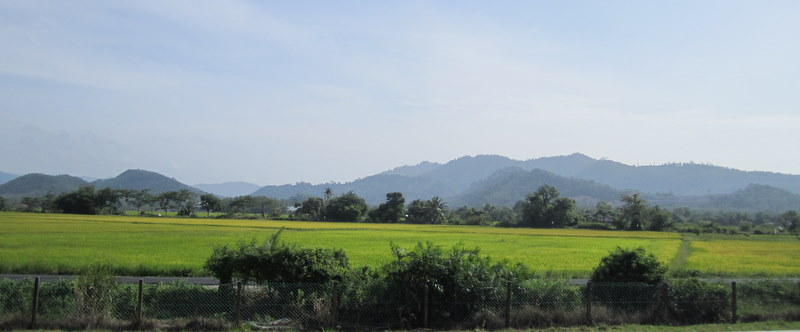 |
| Rice fields |
I love Perlis. Or I used to. I even climbed a good way up Gunung Perlis (Mt Perlis). I’ve trekked part of the way along the border ridge between Perlis and Thailand (on a trail through mountainous rainforest). I knew the village of Wang Kelian well back in the 80s, 90s and 00’s. And the town of Kaki Bukit. And the border crossing between Wang Kelian in Malaysia and Wang Prachan of Satun Province in Thailand.
You can see a couple of my blog posts on the area here and here and here.
So when I woke up one morning this week to this: Mass Graves in Perlis, Malaysia
and this from CNN:
Malaysian authorities have uncovered 139 graves of victims caught up in the human trafficking trade in forests close to the Thai border… …police found 28 illegal camps, the largest of which may have held as many as 300 migrants. The fact that the camp was fenced and guarded by sentries shows that the trafficked people were captives…
It was a bit of a shock. There was evidence of torture and unbelievable horror. Many graves contained more than one body. That’s right. This was mass murder, and death probably came slowly by starvation and diseases of malnutrition, as well as torture.
Here’s what the Guardian has to say:
“There were stories about these camps that went back nearly 10 years,” Matthew Friedman, the former chief of the UN inter-agency project on human trafficking, told the Guardian. He now heads the Mekong Club, which campaigns against slavery in Asia. “We passed the information on to the local authorities, but there was no follow-up.”
How could that happen? One thing I am certain about — nothing happens along that border — NOTHING — that local people don’t know about. Families in the area spill across the border, which is just a line drawn on a map to locals.
When we trekked this area, there were soldiers patrolling. We had to apply for permission to enter areas in the thickly forested slopes of the national park along the Thai border.
I remember once when we were birding one weekday along the road that led to the border crossing. In those days, perhaps 12 or 15 years ago, the road was quiet — no more than three or four vehicles an hour making the crossing, except at the weekends when there was a cross-border market. On one side of the road was a wet marshy area of forest, on the other, a damp earth ditch and a wire fence, separating us from the no man’s land of the border.
A flat-bed truck (a ute if you’re an Australian) passed us and stopped maybe 50m from the Malaysian immigration/custom post. In full view of us and the immigration post, several men hopped out of the car. Each shouldered a large full jerrycan that had been wrapped in thick sacking. They then crossed the road and jumped into the ditch. They walked along it until it ran under the fence into Thailand, where they scrambled under the wire.
They were quite blatantly smuggling petrol from Malaysia (where it was subsidised and cheap) into Thailand, where it was much more expensive. This smuggling was so brazen we were left gobsmacked. They made no attempt to hide, and made only the most inadequate of attempts to be unobtrusive in order to provide the customs officers on both sides of the border with a chance to look the other way.
Did we report this? To whom was it possible to report, may I ask? Every policeman and government servant in the area already knew. In fact, they knew far more than us — the names of all those involved, for example.
And here, I believe, we have the perfect example of what can happen when corruption gets a hold. A little cross-border smuggling is the beginning, a little harmless look-the-other-way and pocket a few dollars in pay-off (probably from your cousin or your cousin’s pal).
In the end, you are looking the other way while the poorest of the poor are tortured and murdered in your backyard.
Perlis, the Pearl of the North. Oh, Malaysia…
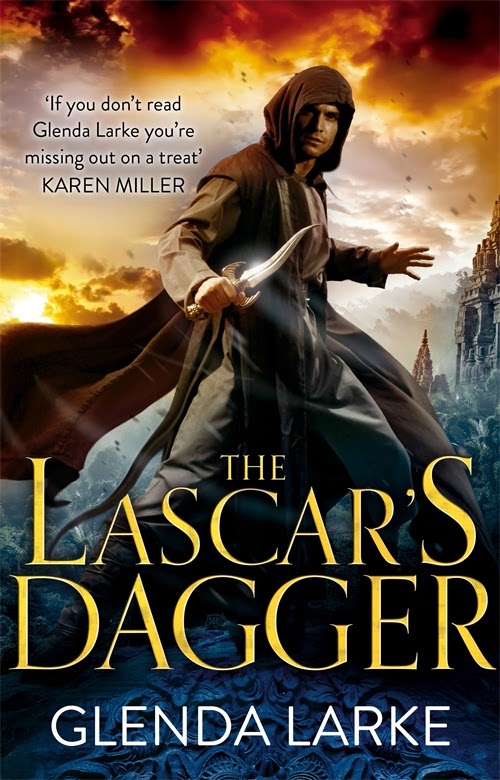
 In the meantime: Book 1, THE LASCAR’S DAGGER is available today for $A1.99 as the Amazon daily deal.
In the meantime: Book 1, THE LASCAR’S DAGGER is available today for $A1.99 as the Amazon daily deal. 
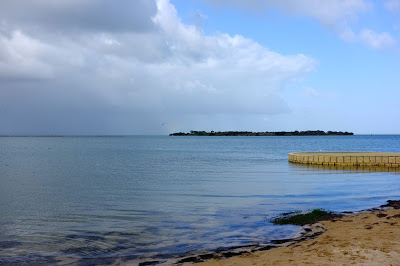
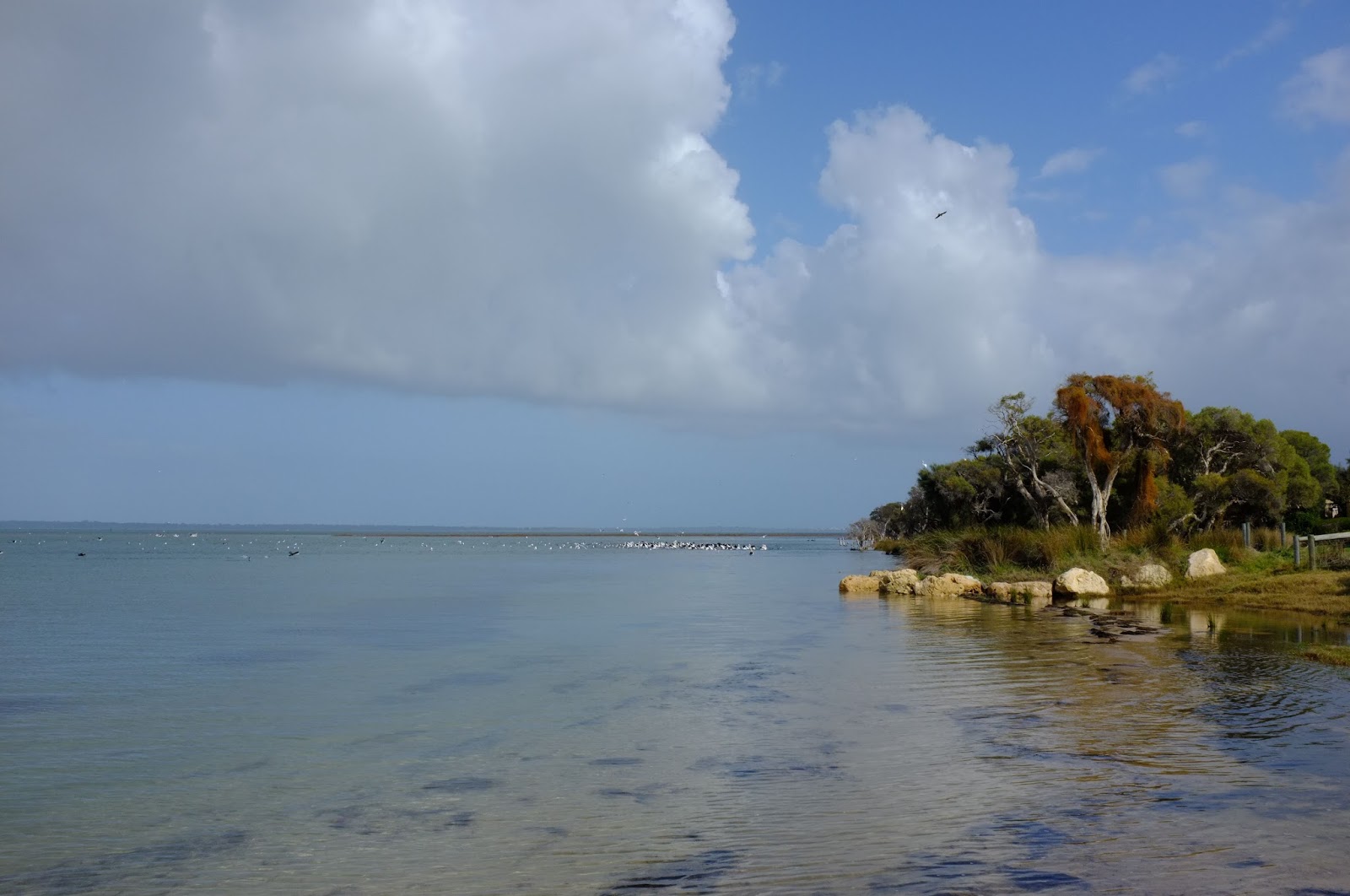
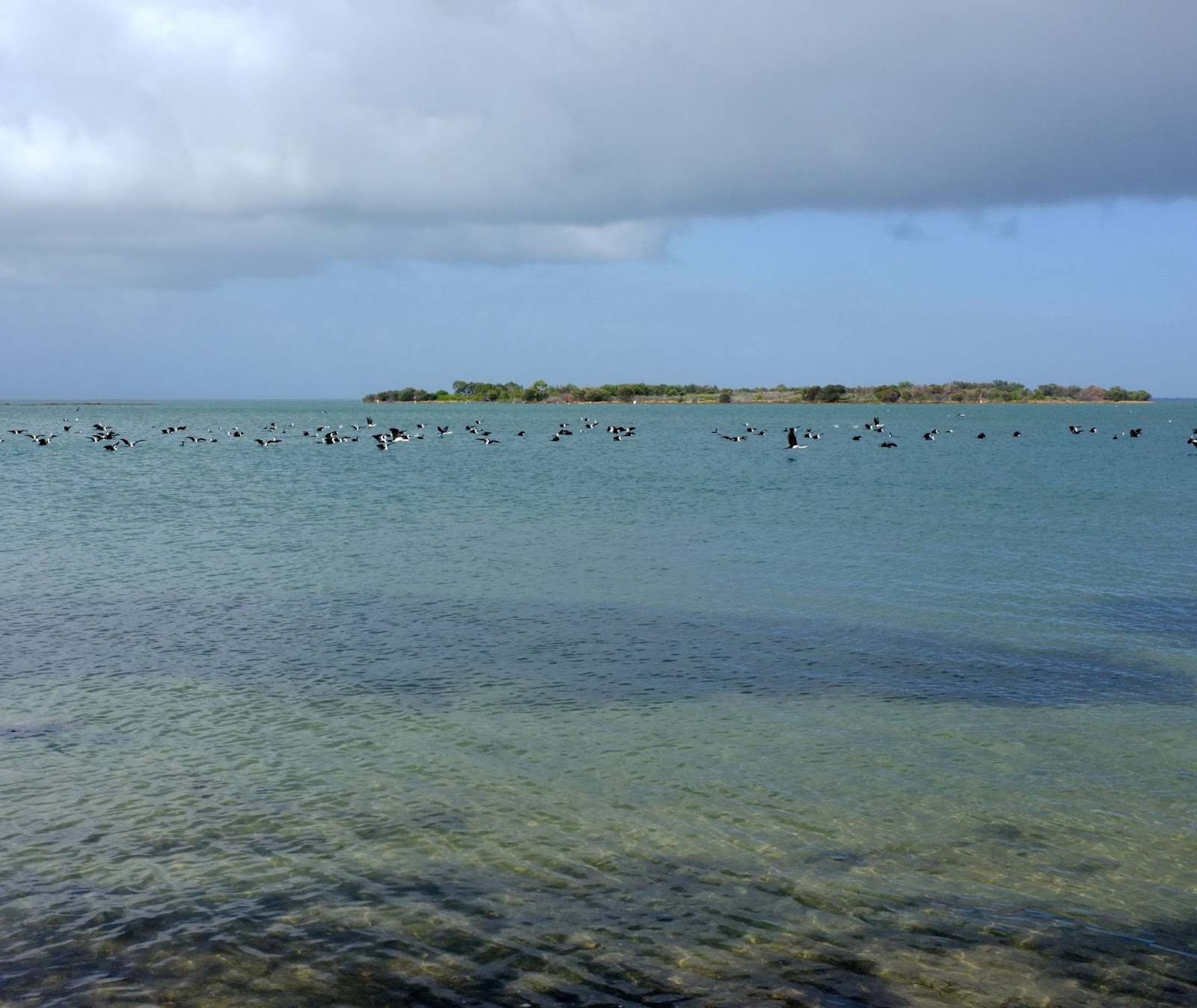 And then all of a sudden, came a change. Cormorants and gulls and terns began streaming past…
And then all of a sudden, came a change. Cormorants and gulls and terns began streaming past…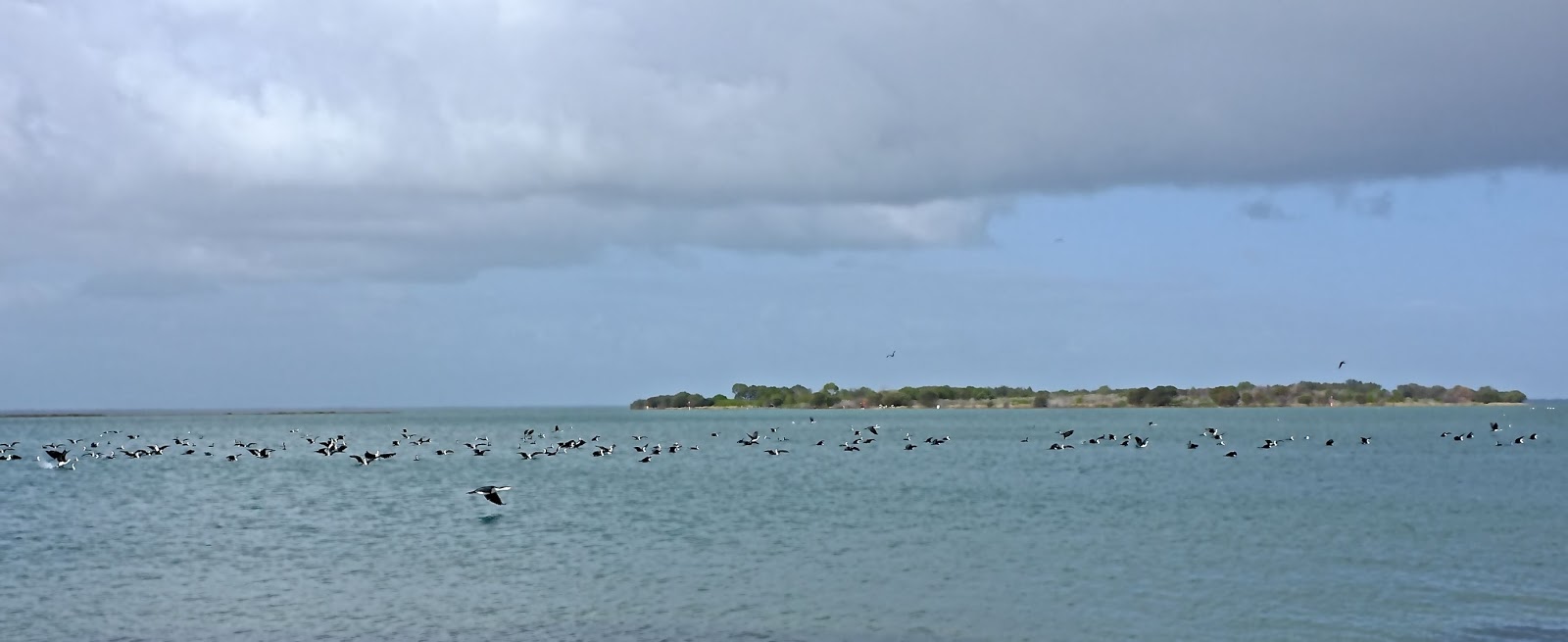

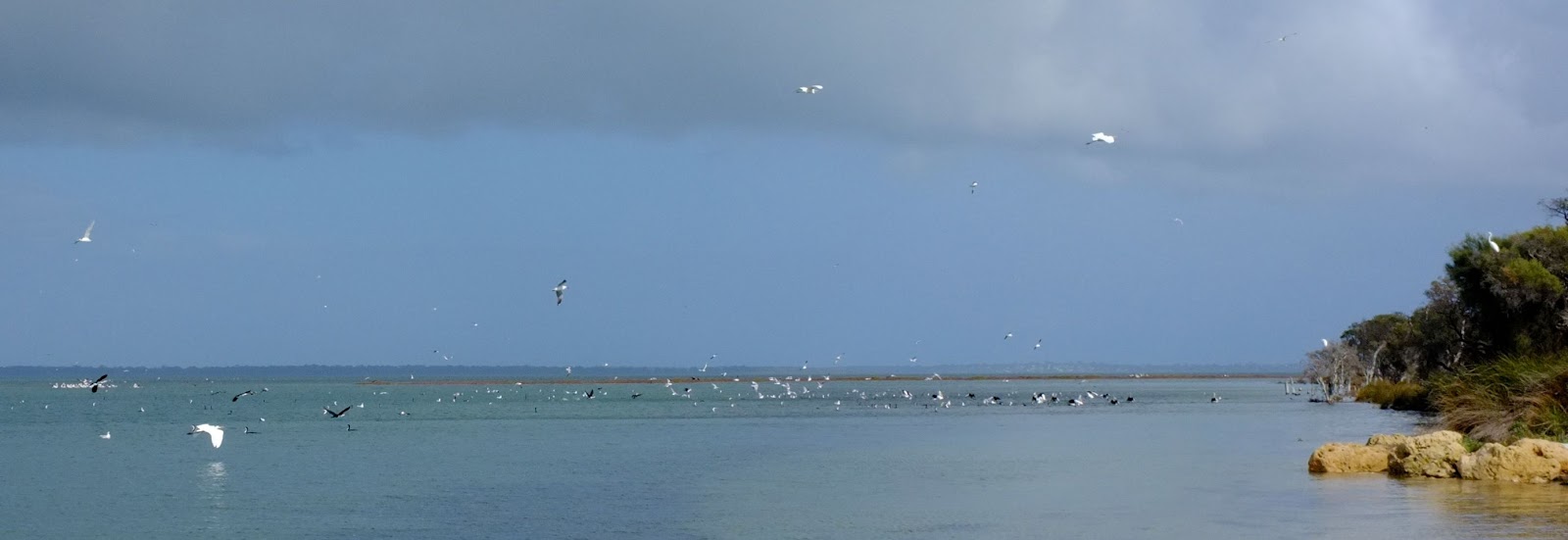

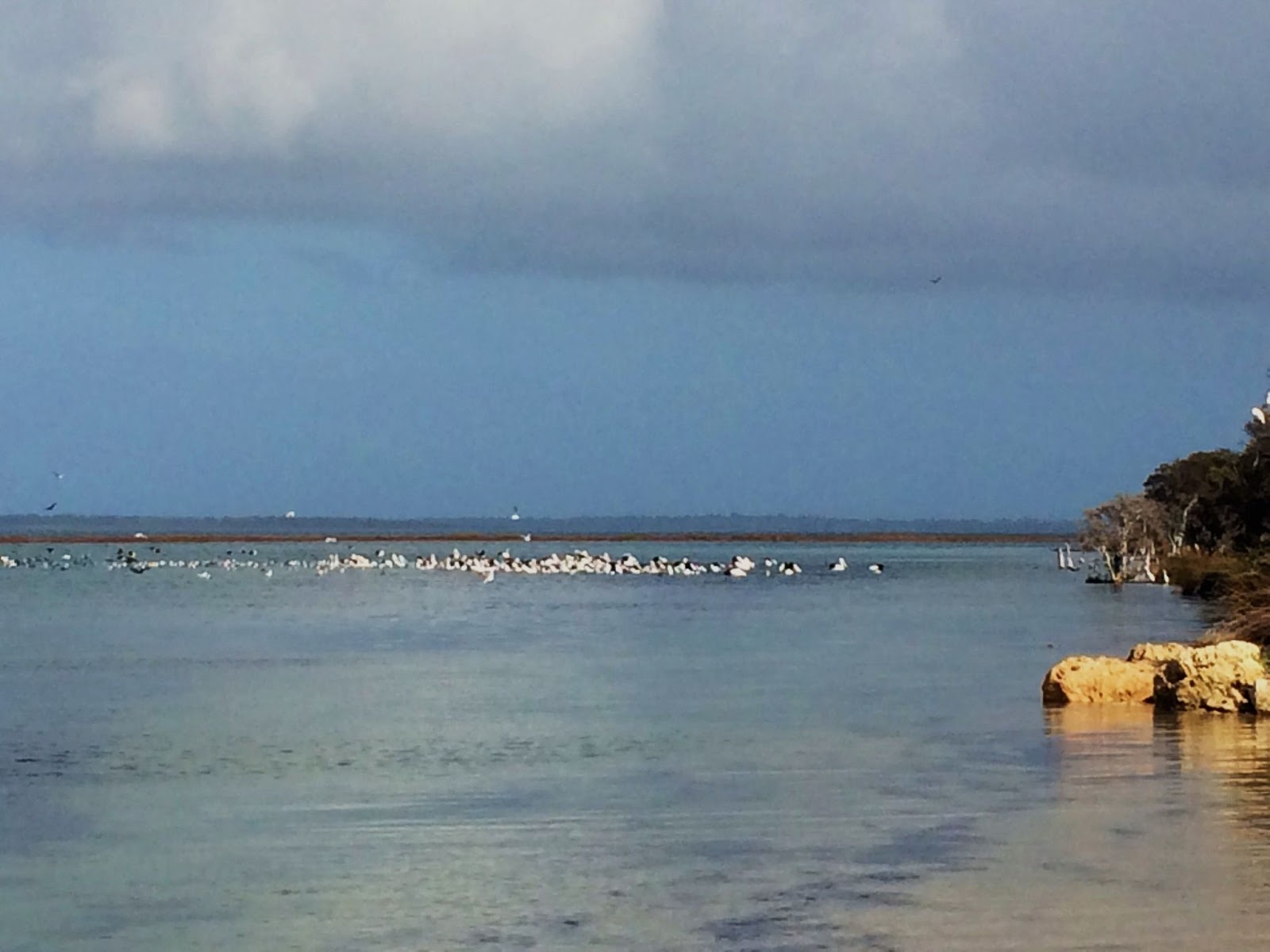
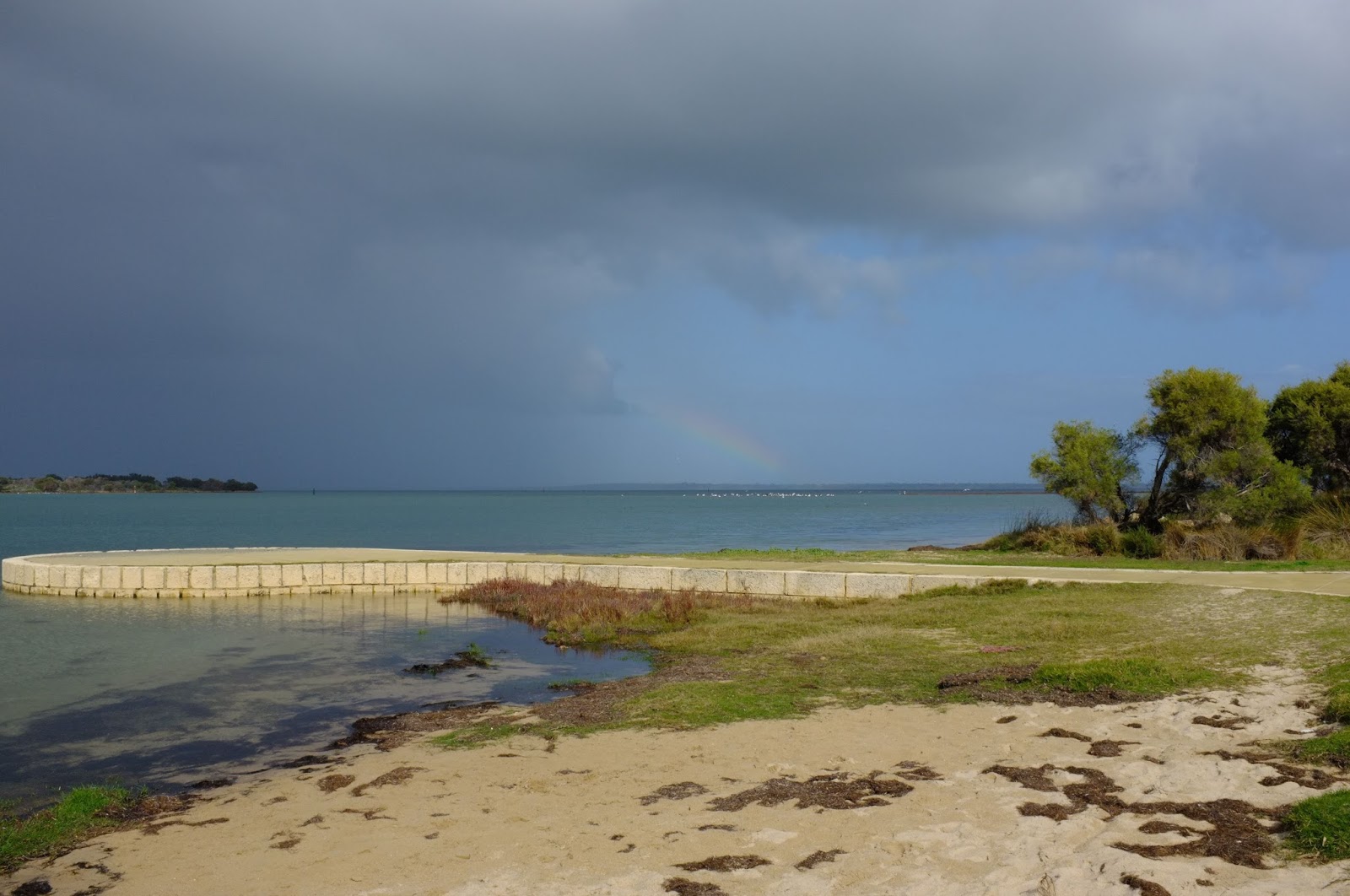




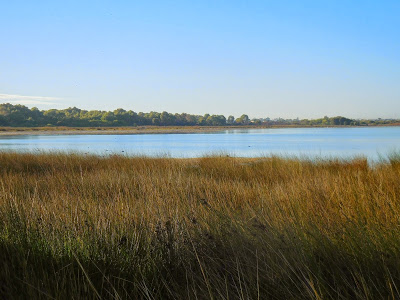
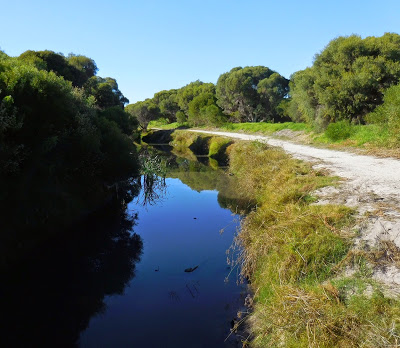
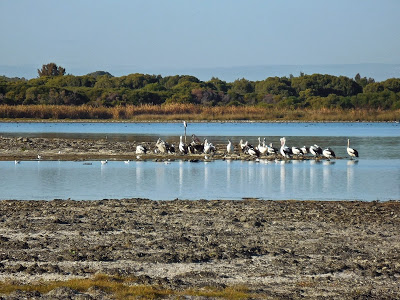
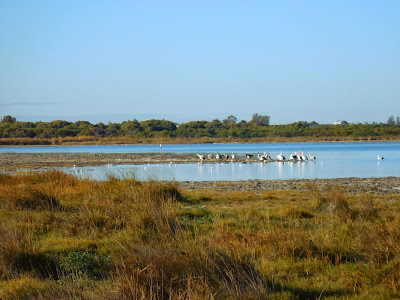

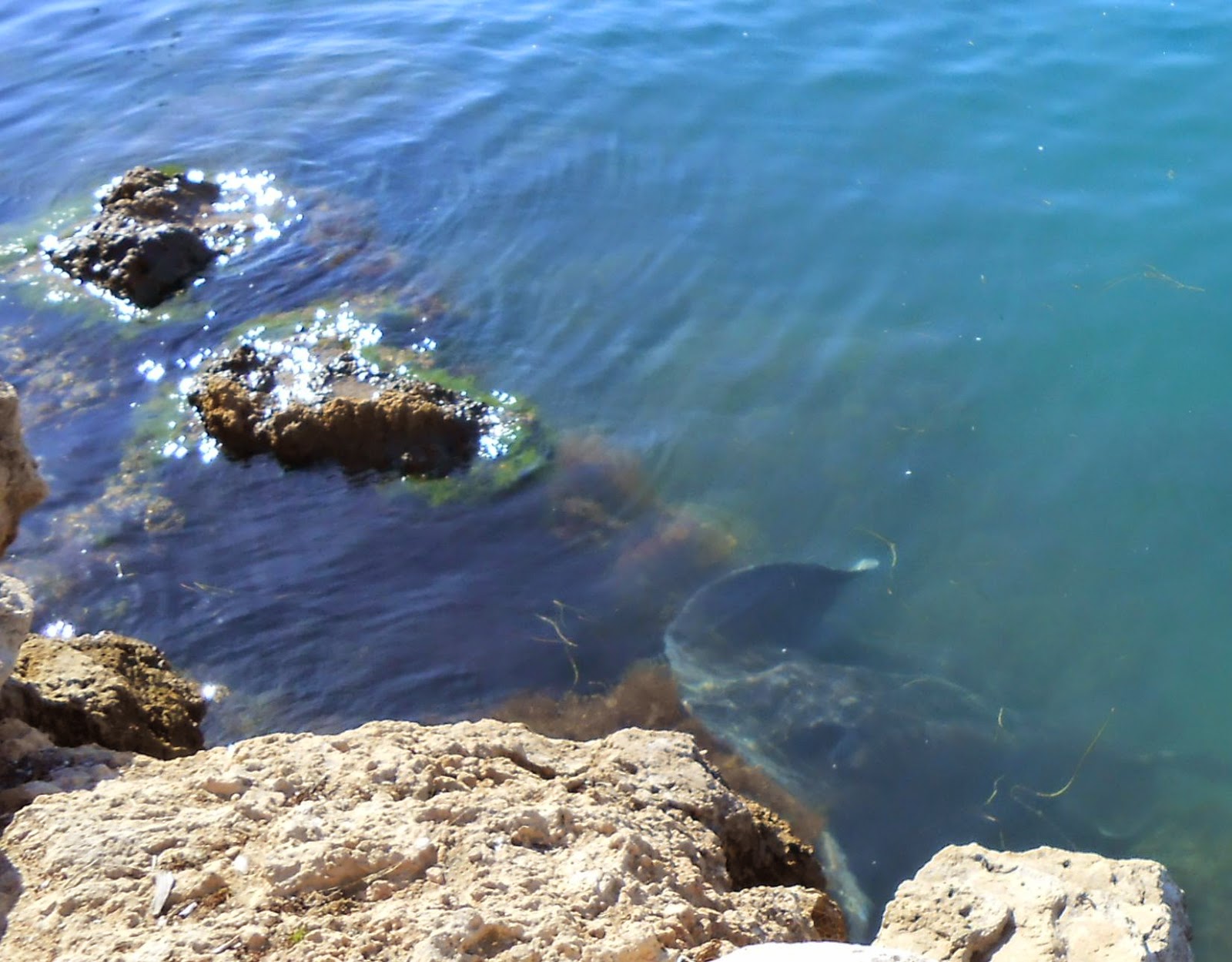
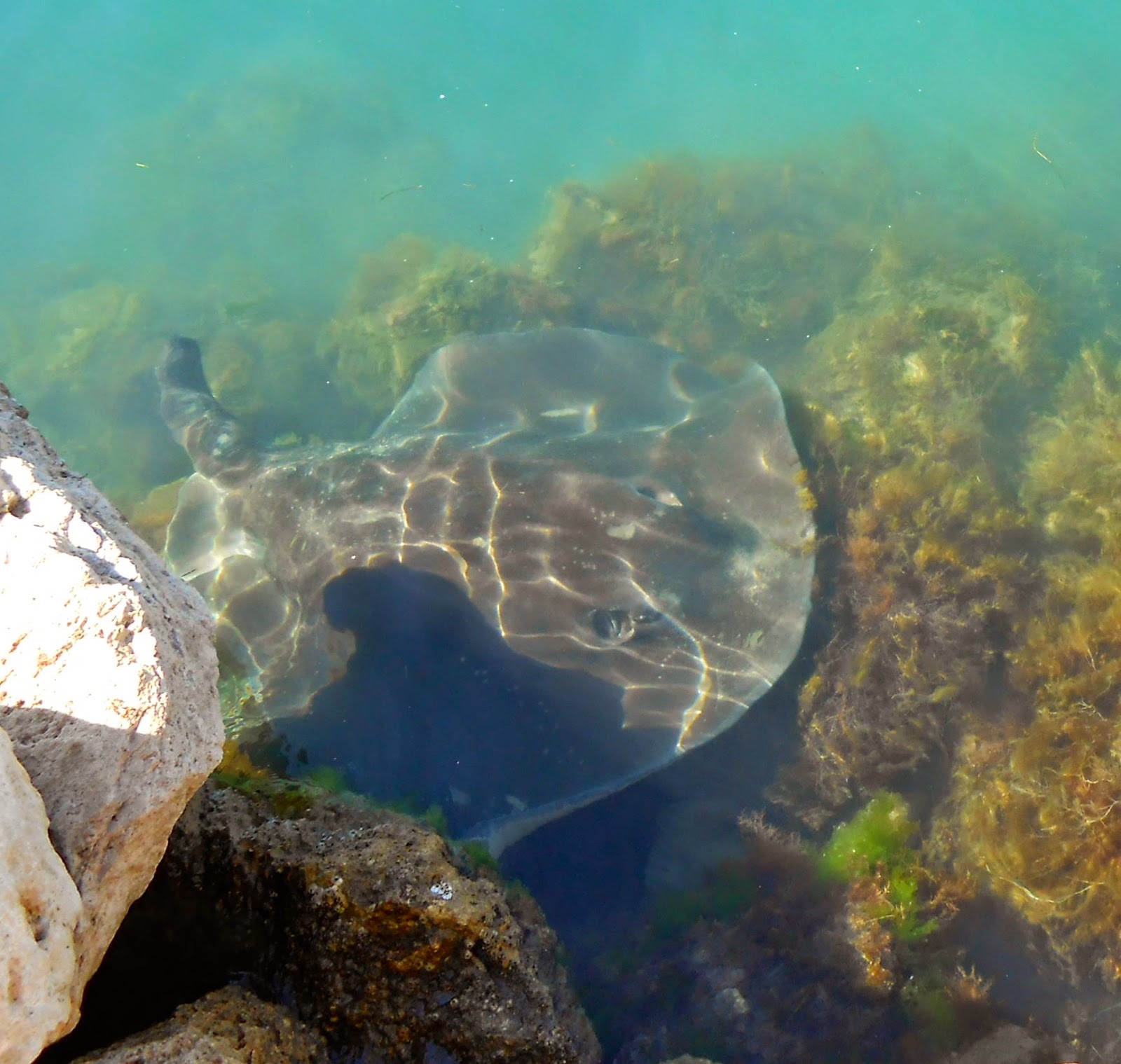
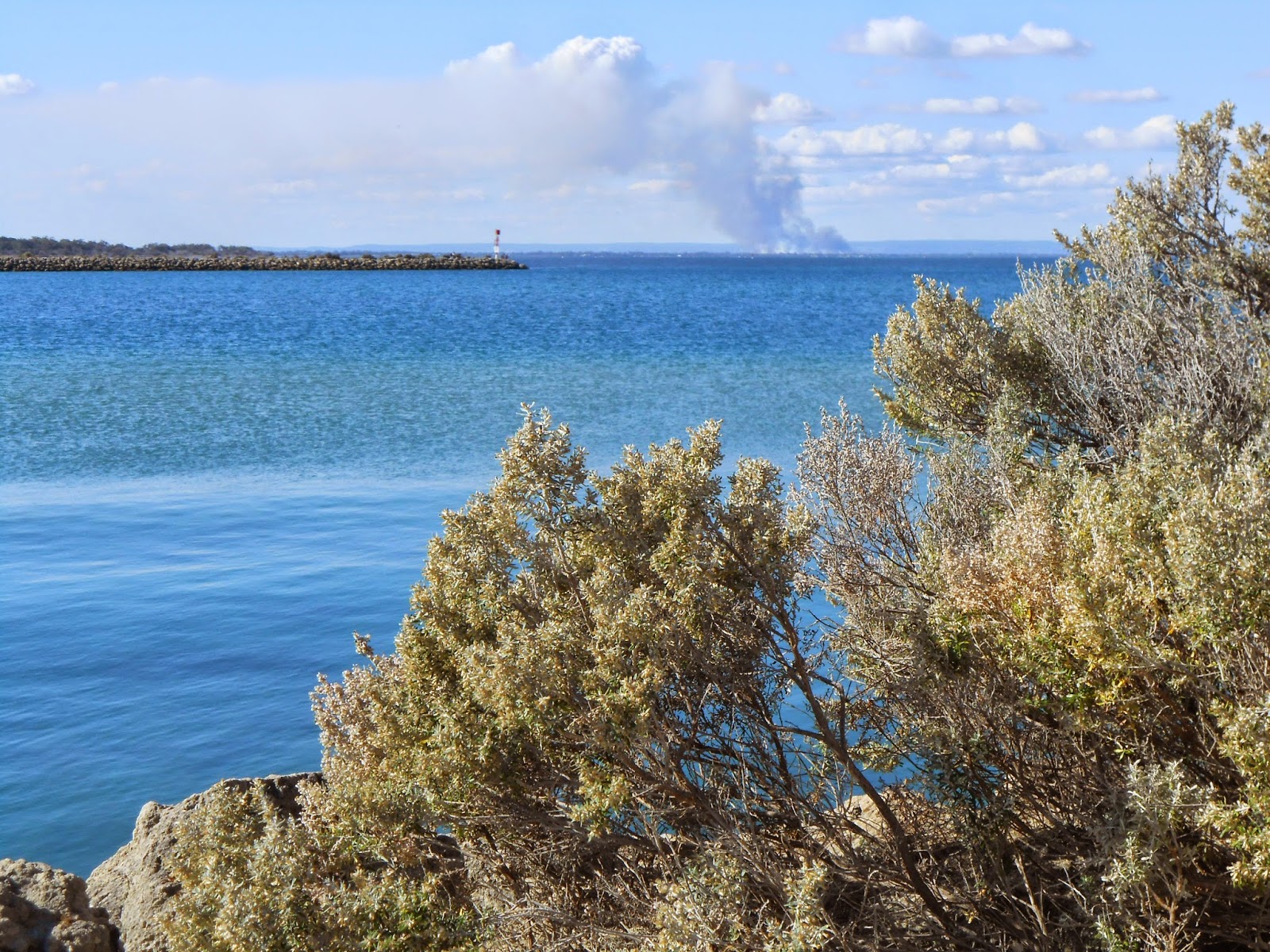
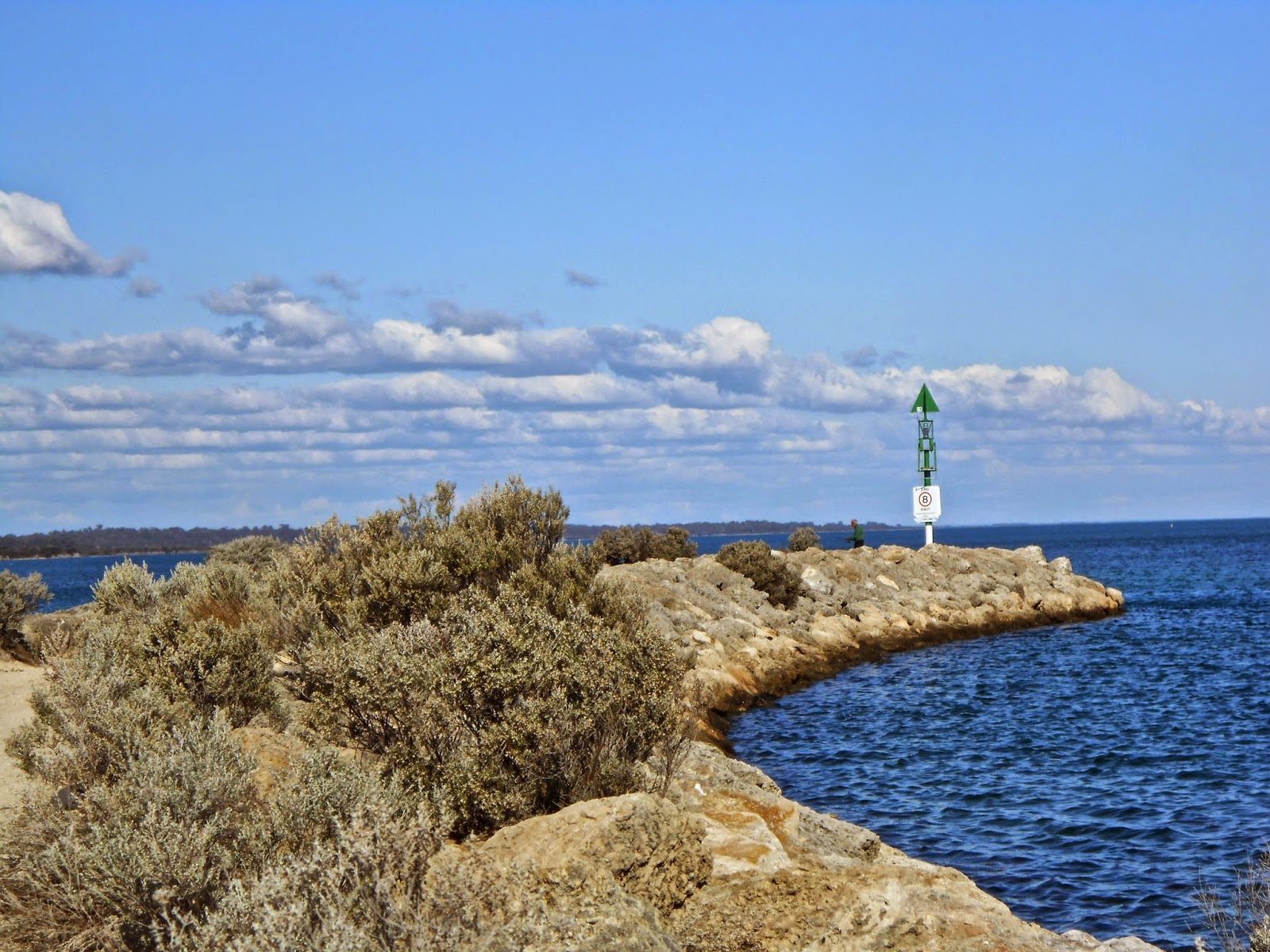
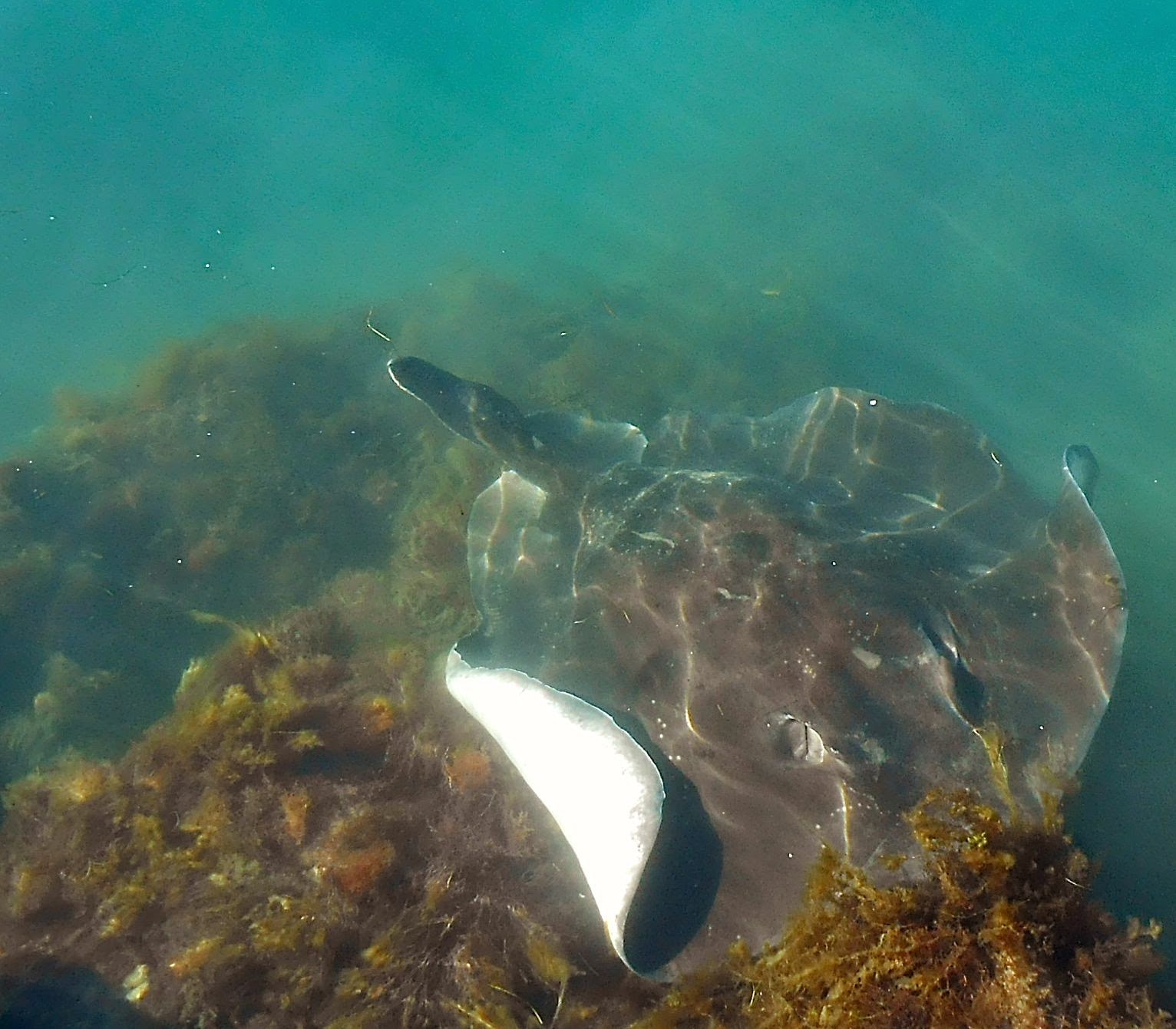

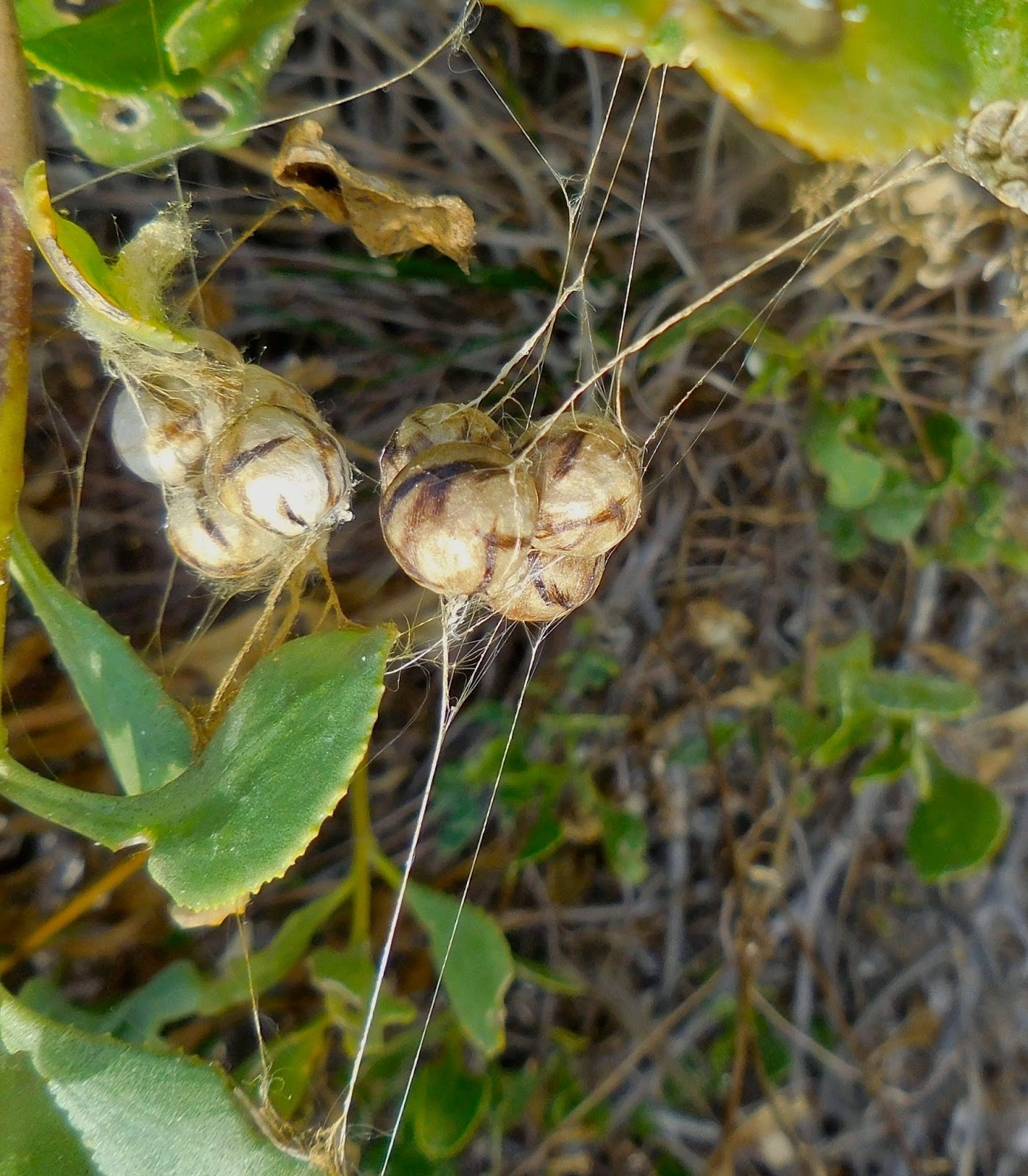 When travelling back from Jurien Bay, we stopped to have lunch at Hangover Bay (above) and came across these odd looking leathery egg sacs hanging on coastal vegetation. We actually didn’t have the faintest idea of what they were. A centimetre in diameter, they were suspended by strong springy spun threads in two groups of four. The 4 on the left of the photo were whitish, the other 4 much darker and more distinctly marked. The whiter ones had tiny holes and appeared to be empty.
When travelling back from Jurien Bay, we stopped to have lunch at Hangover Bay (above) and came across these odd looking leathery egg sacs hanging on coastal vegetation. We actually didn’t have the faintest idea of what they were. A centimetre in diameter, they were suspended by strong springy spun threads in two groups of four. The 4 on the left of the photo were whitish, the other 4 much darker and more distinctly marked. The whiter ones had tiny holes and appeared to be empty.